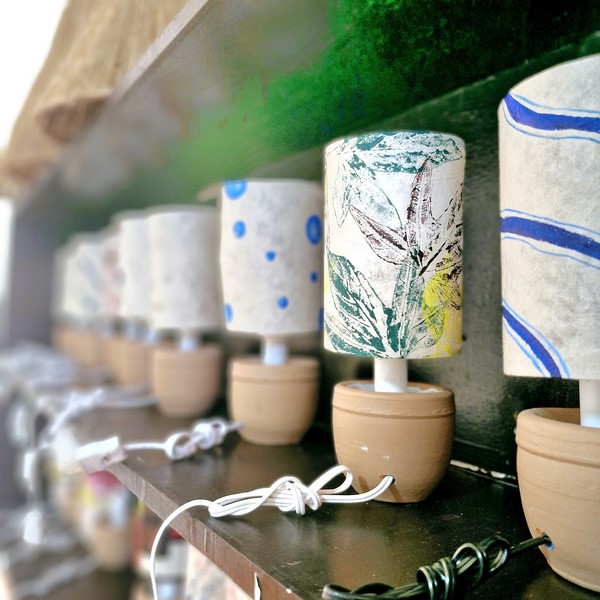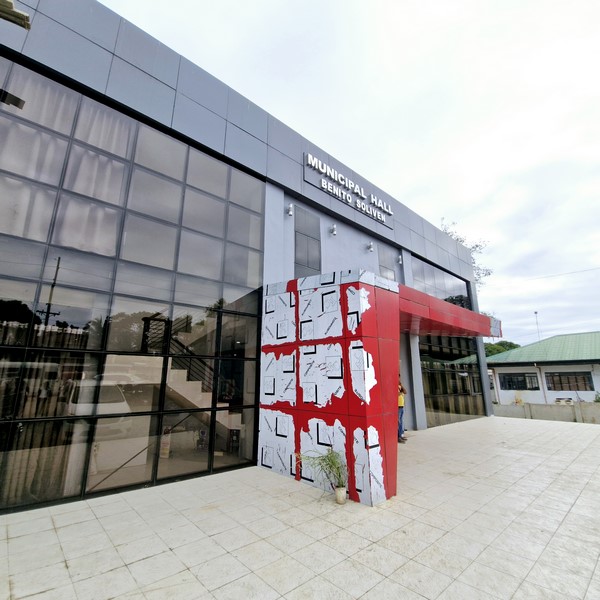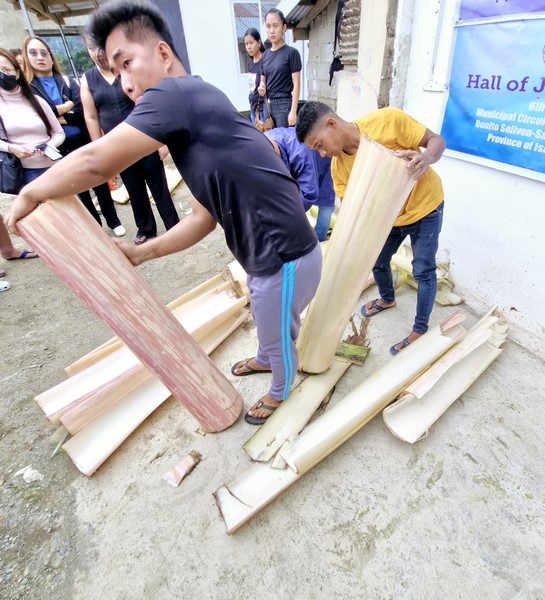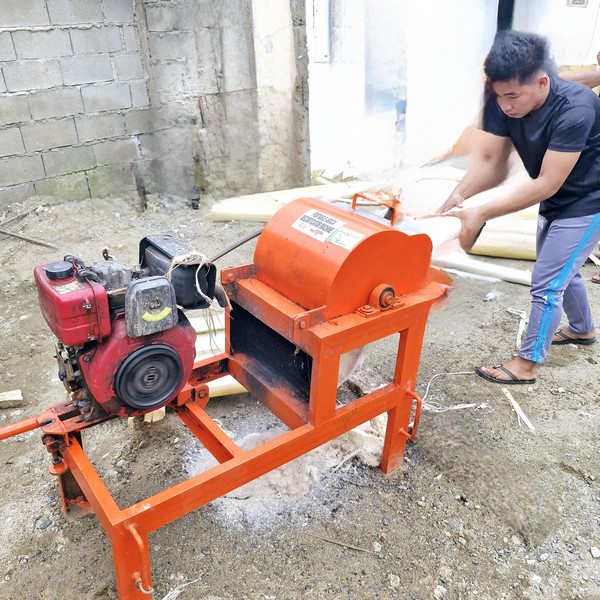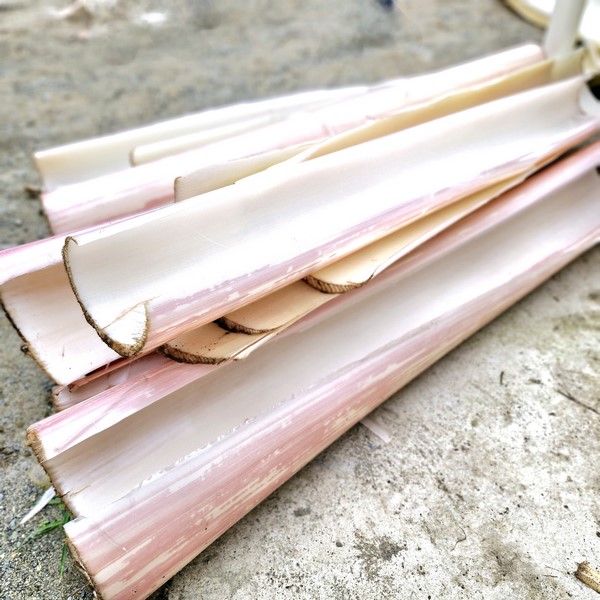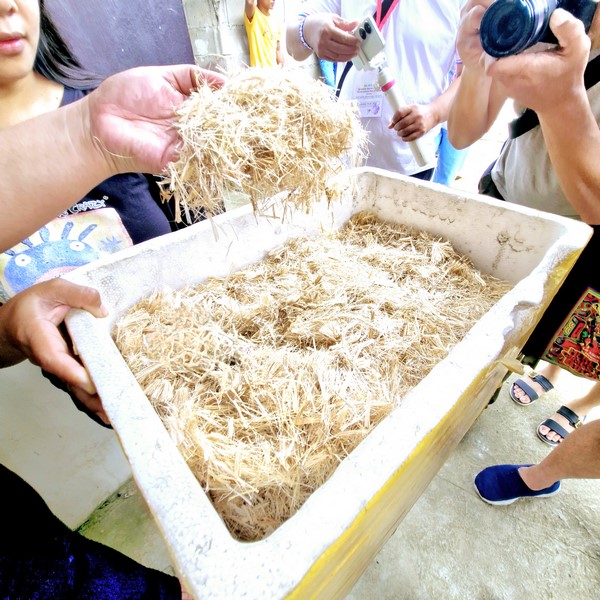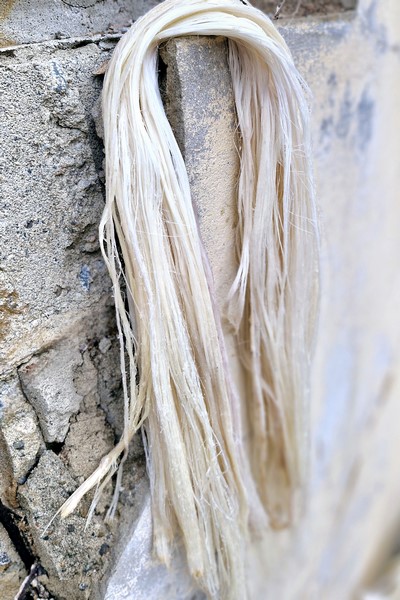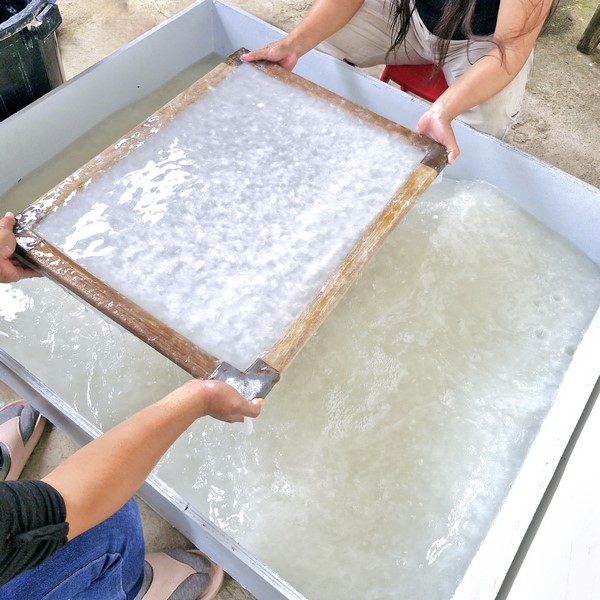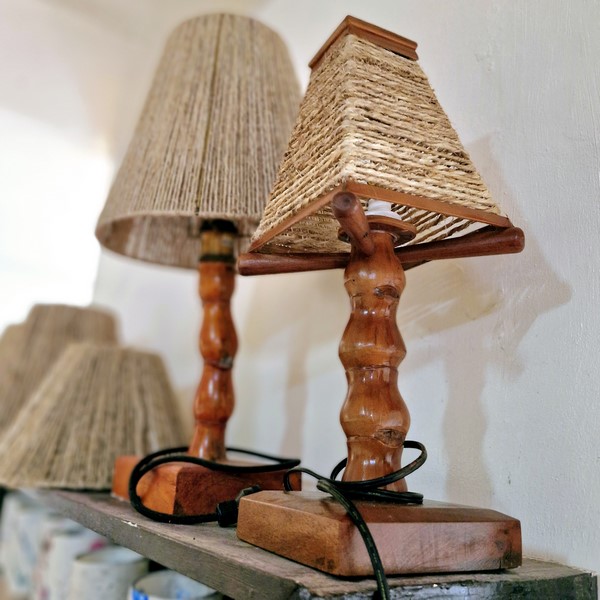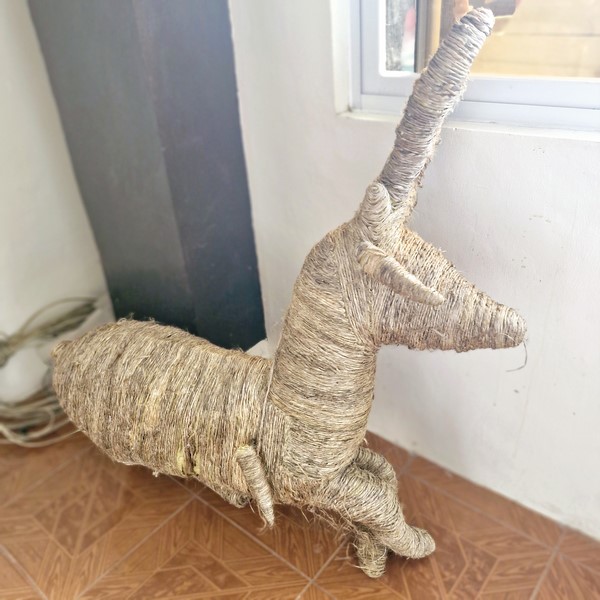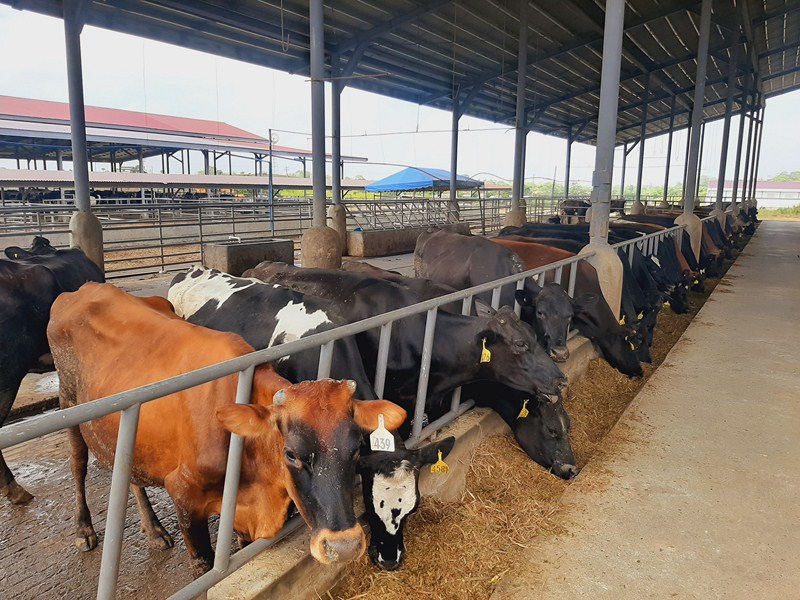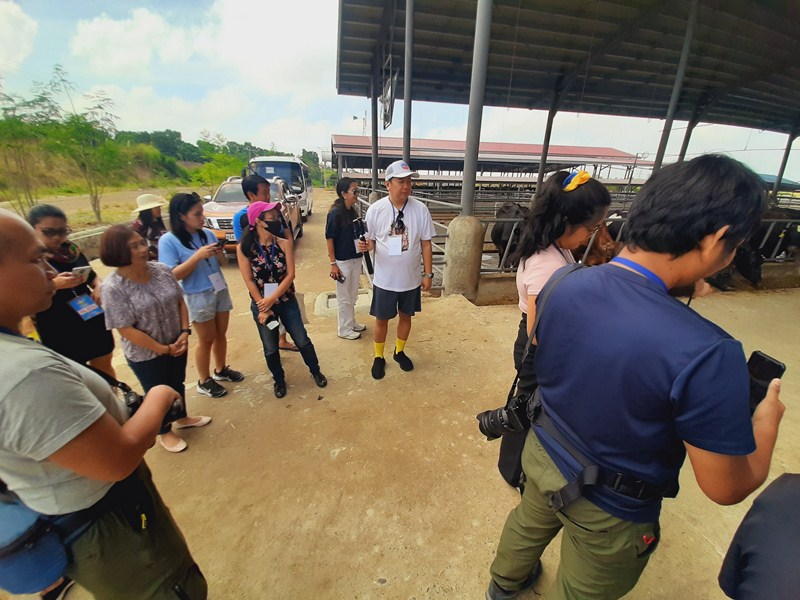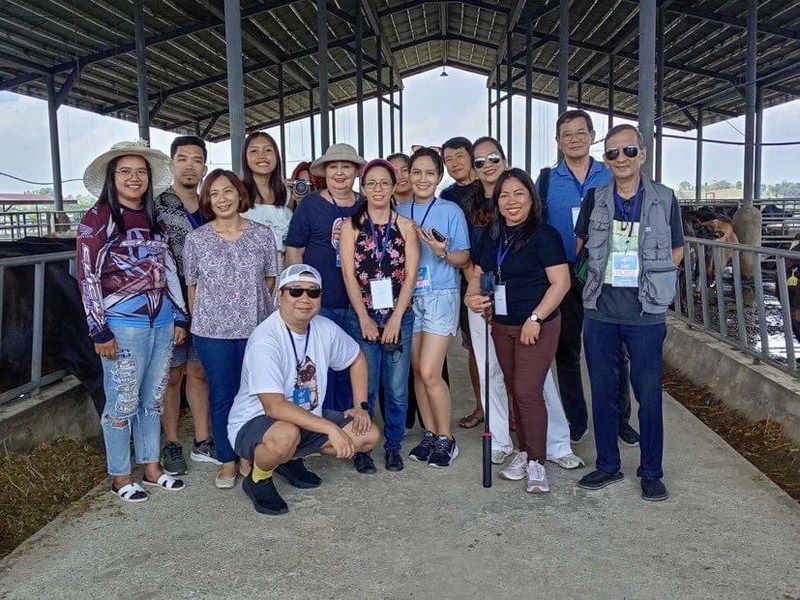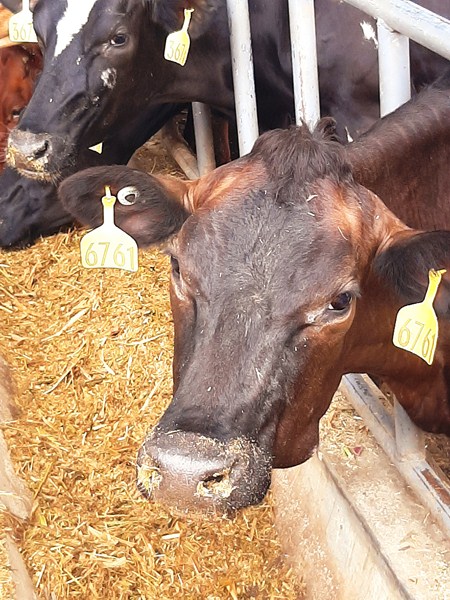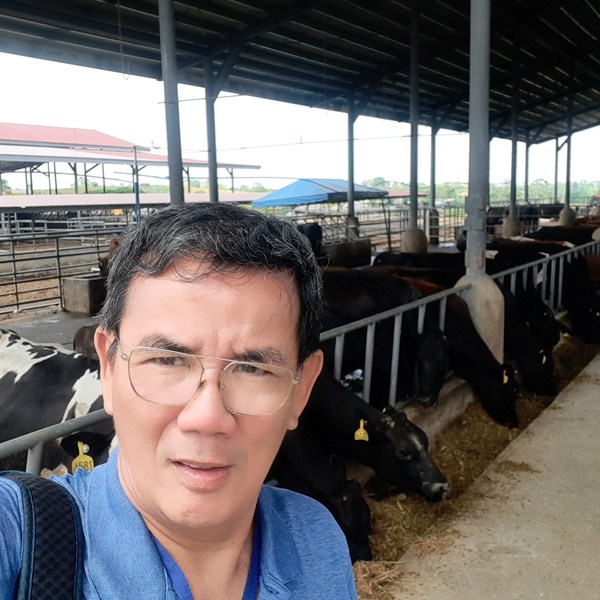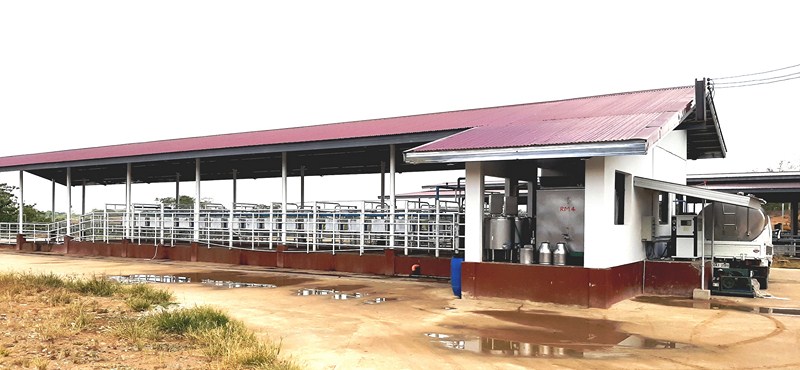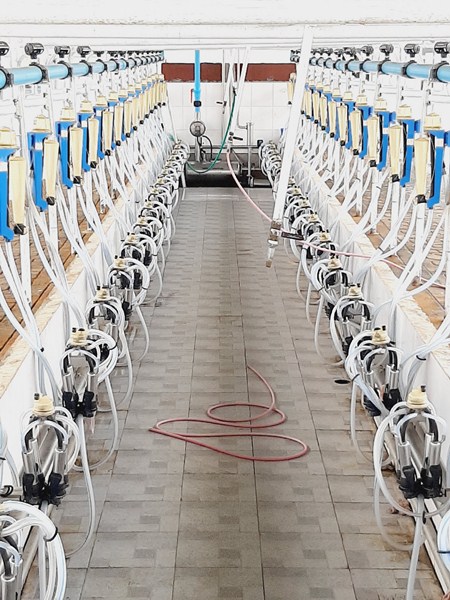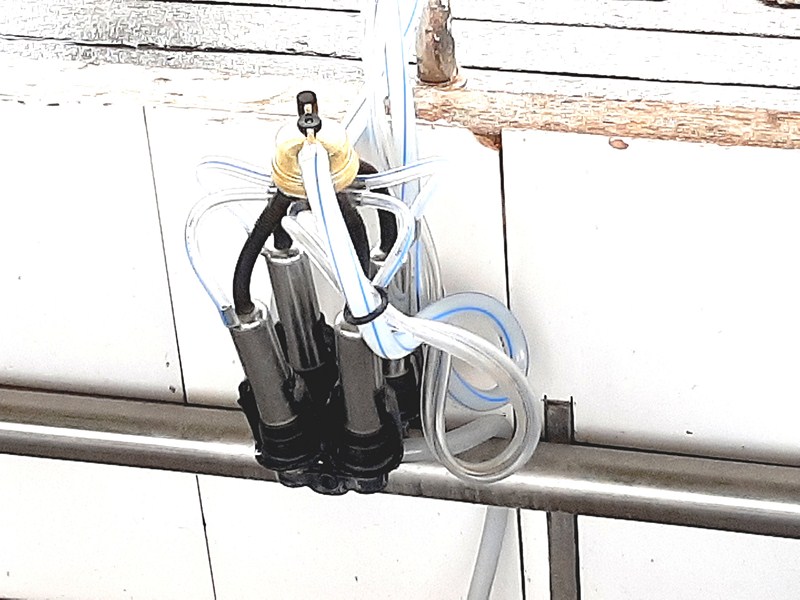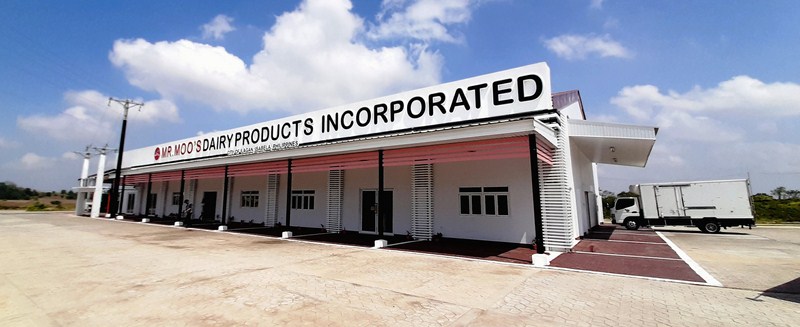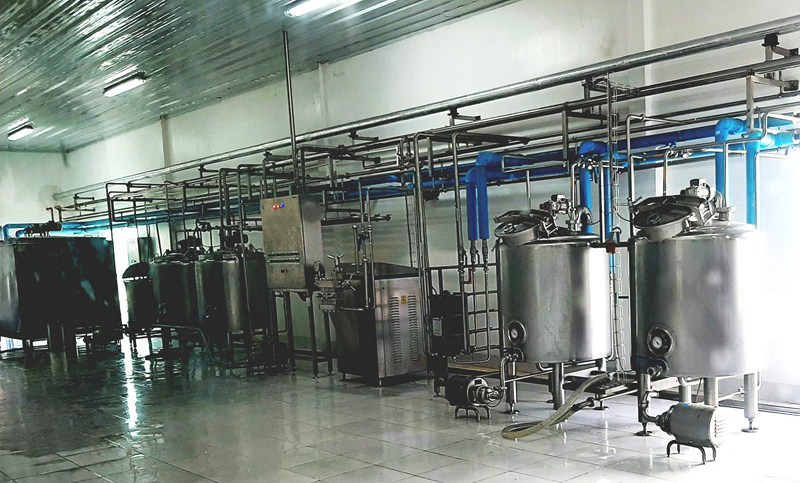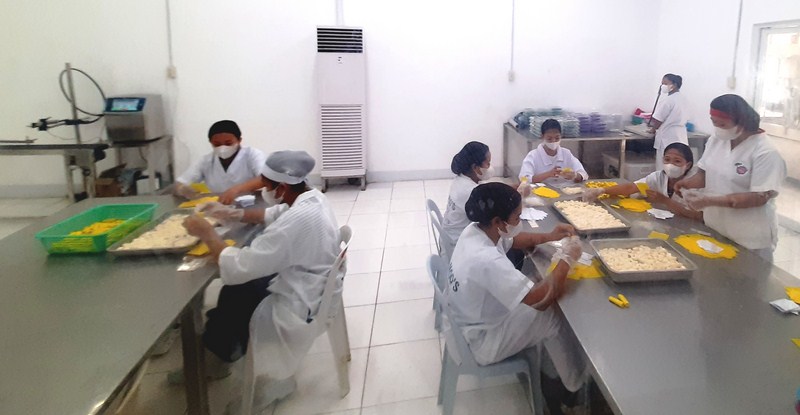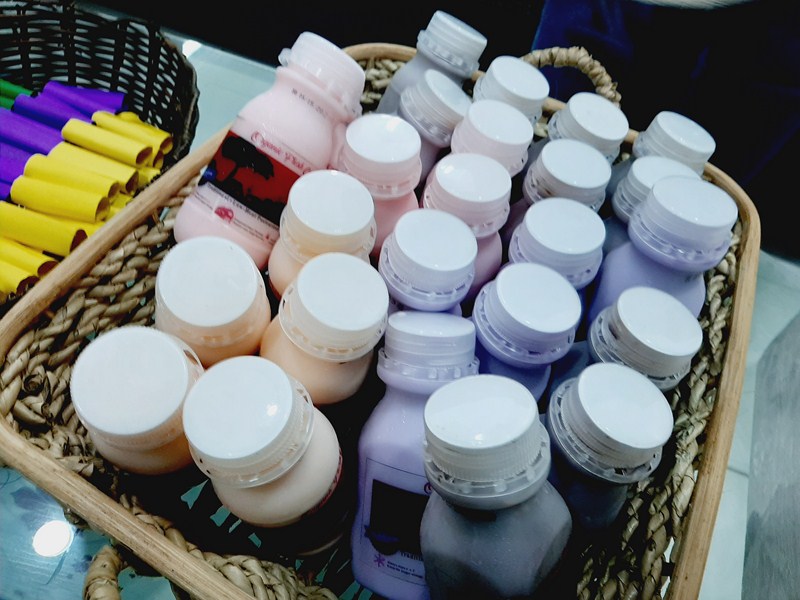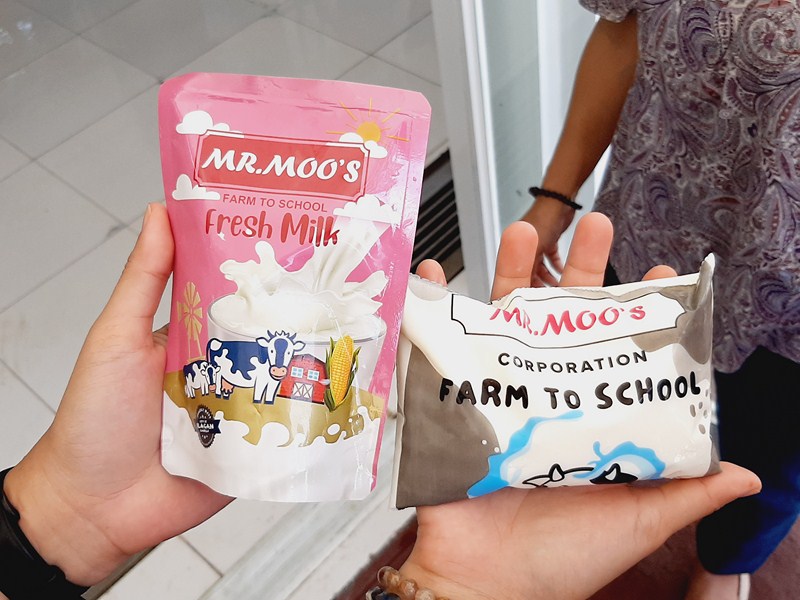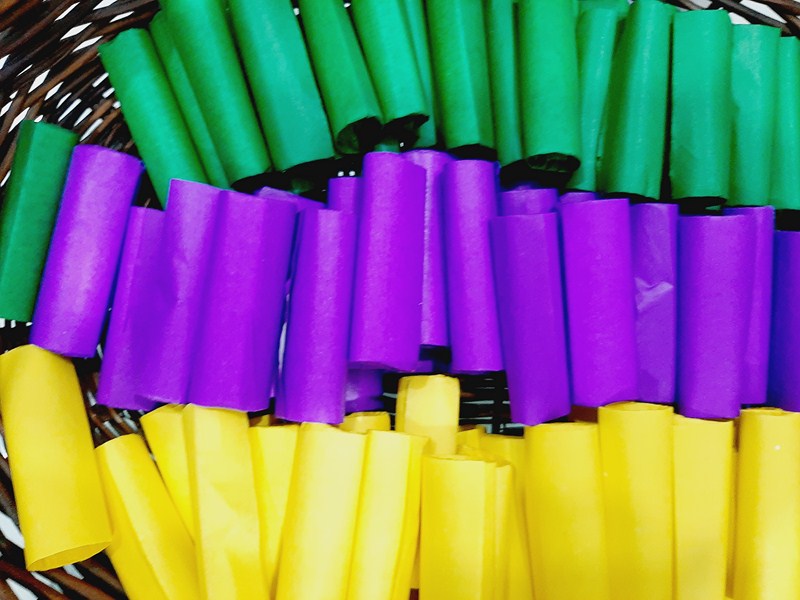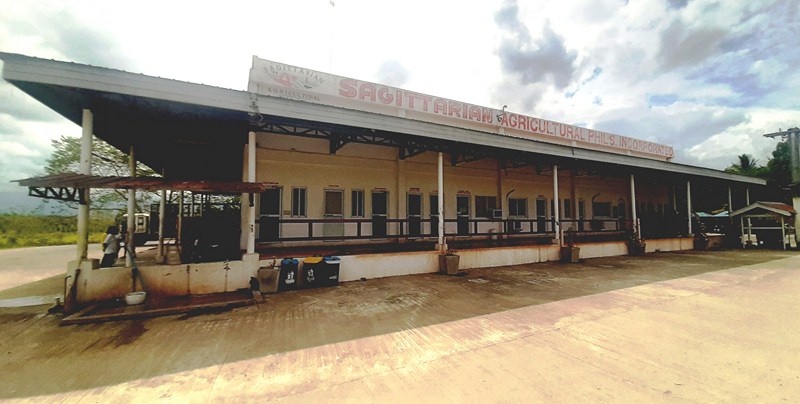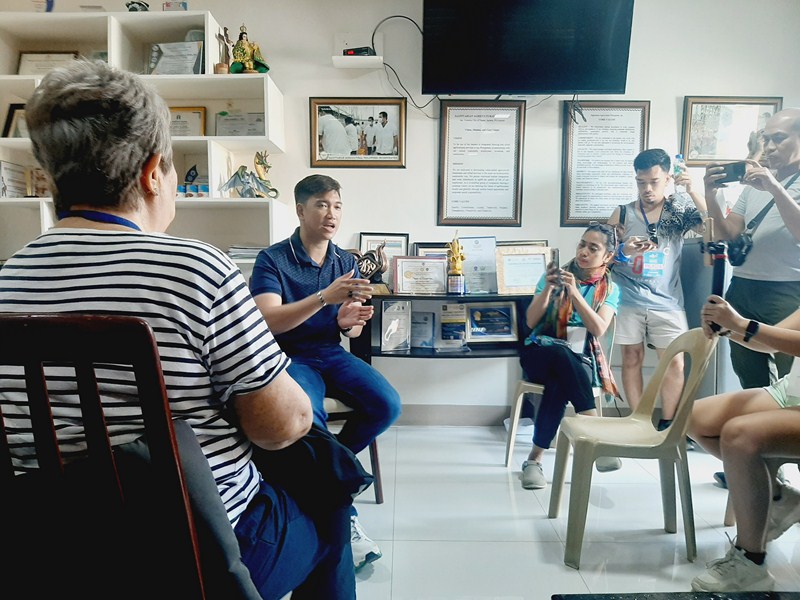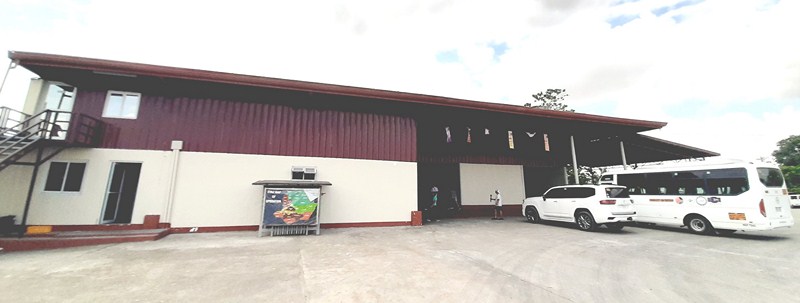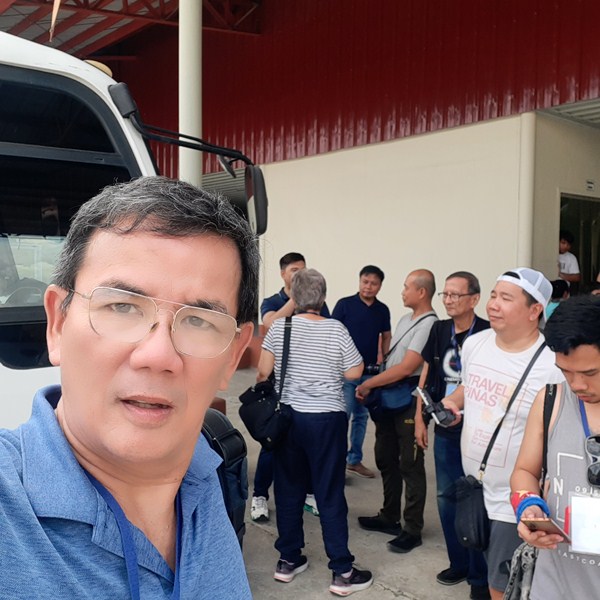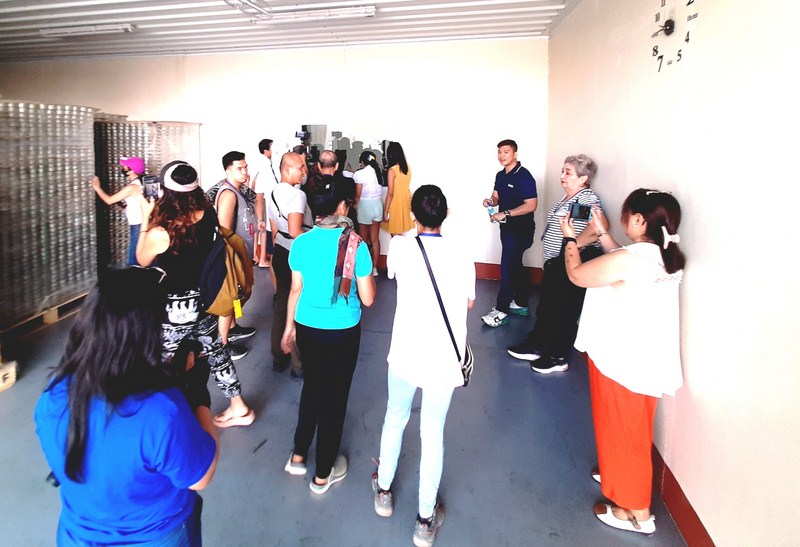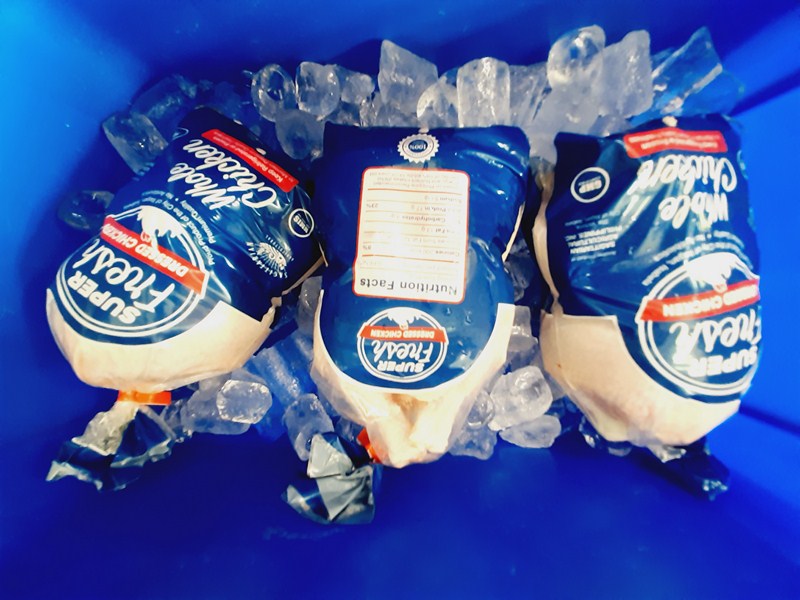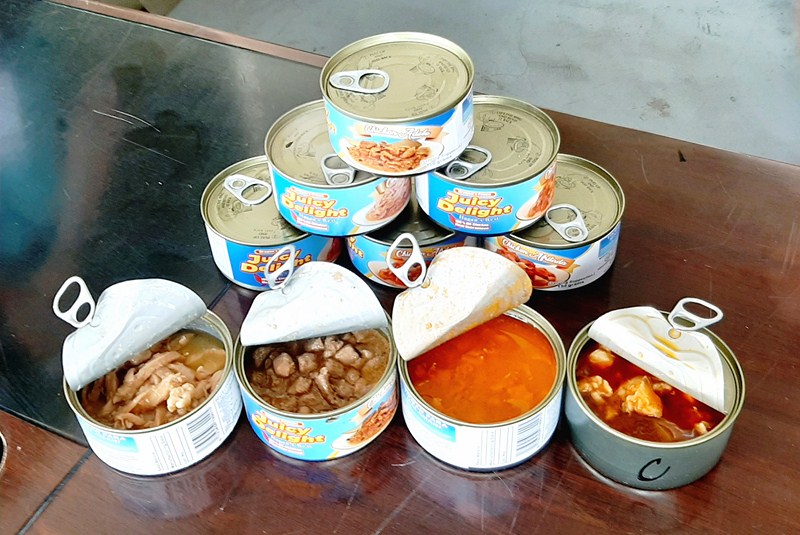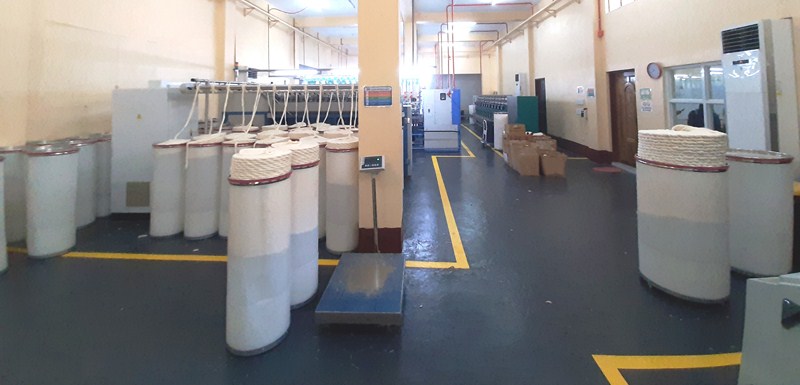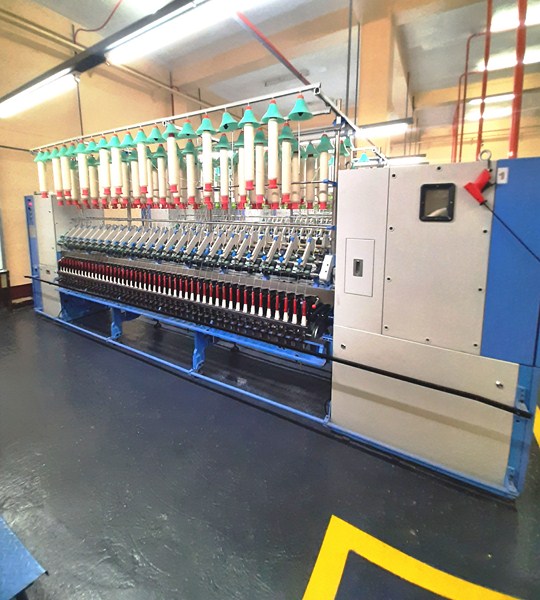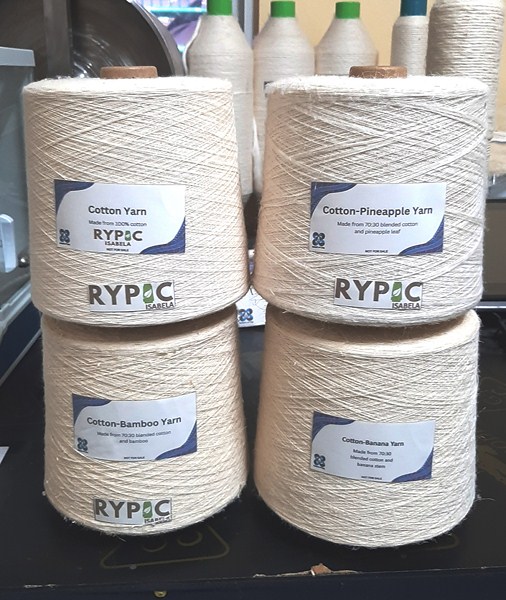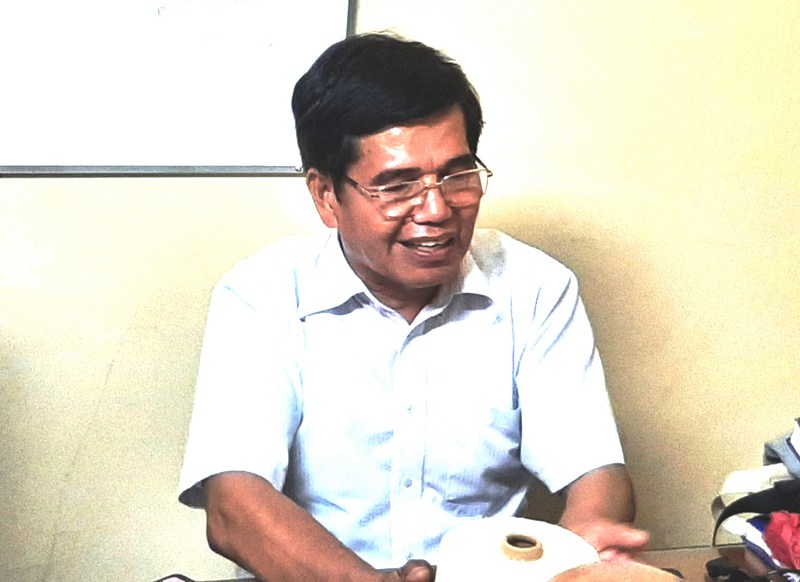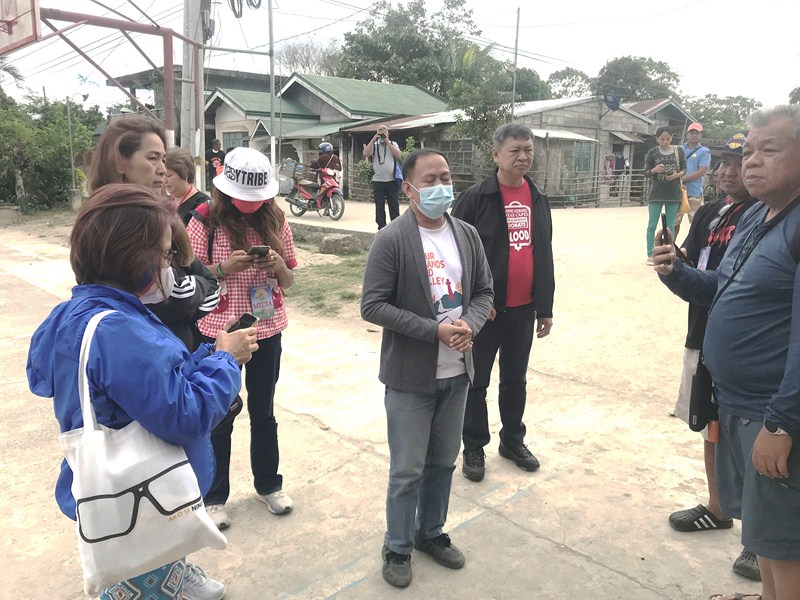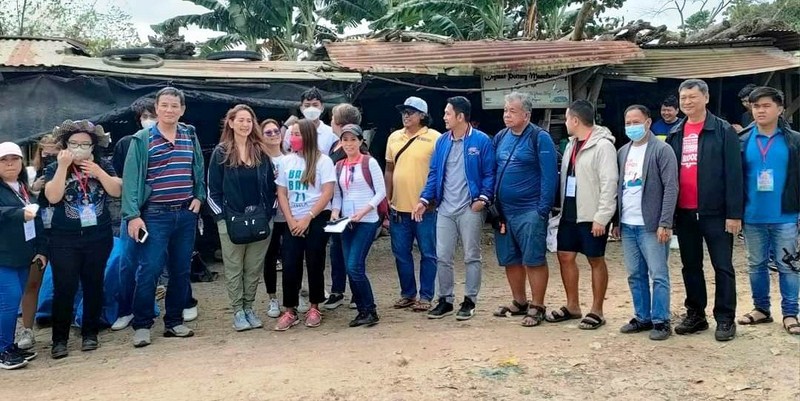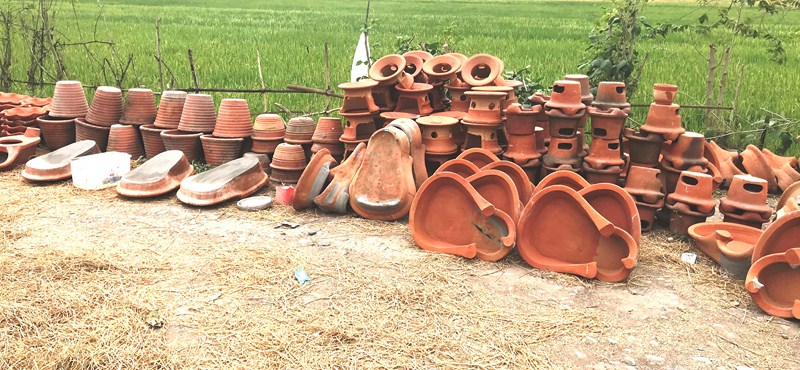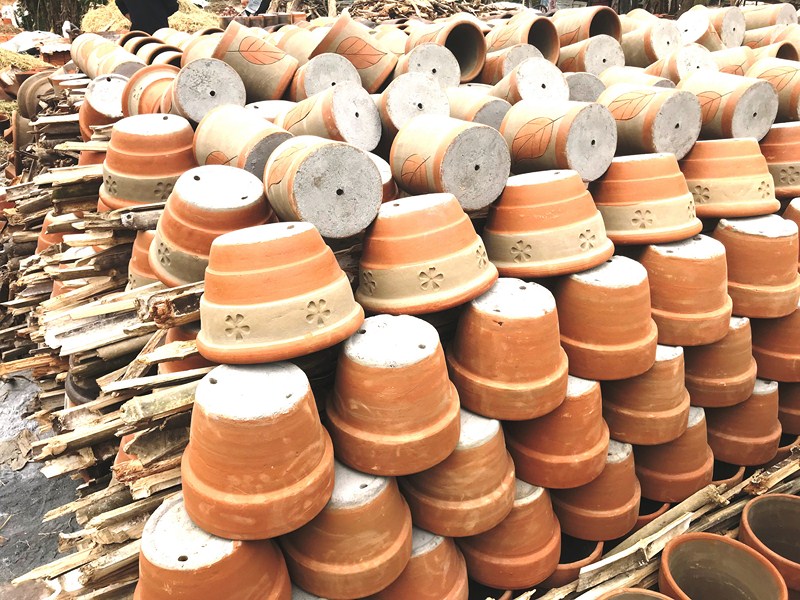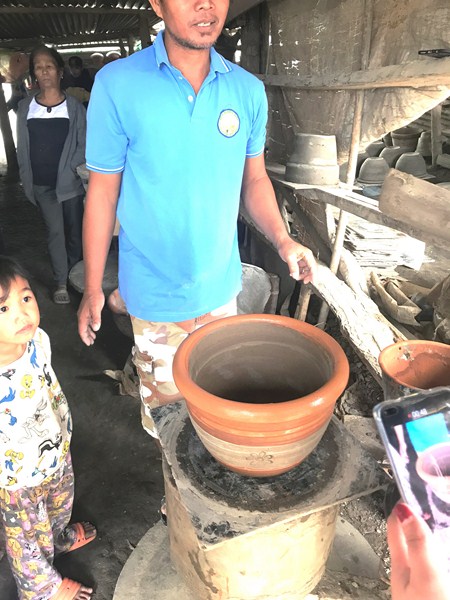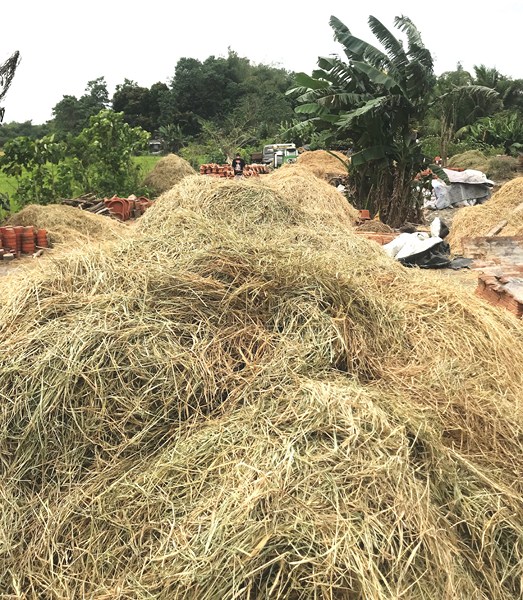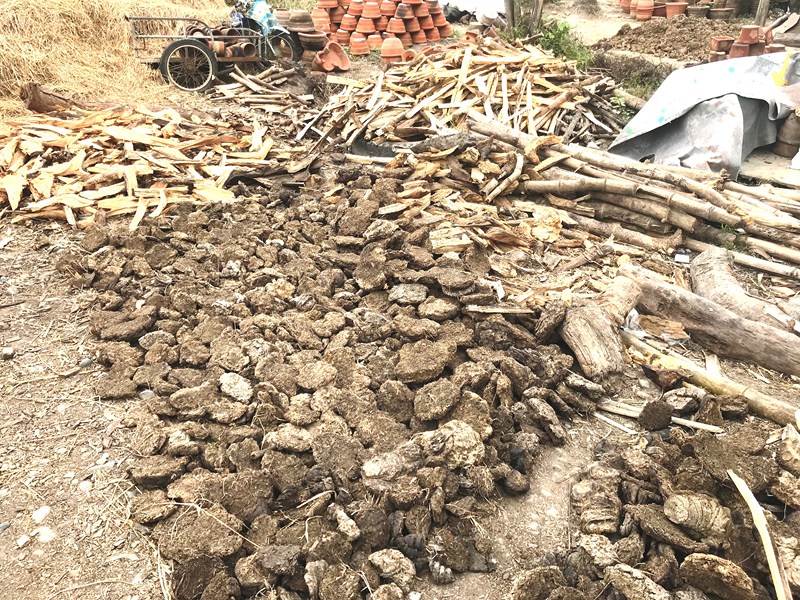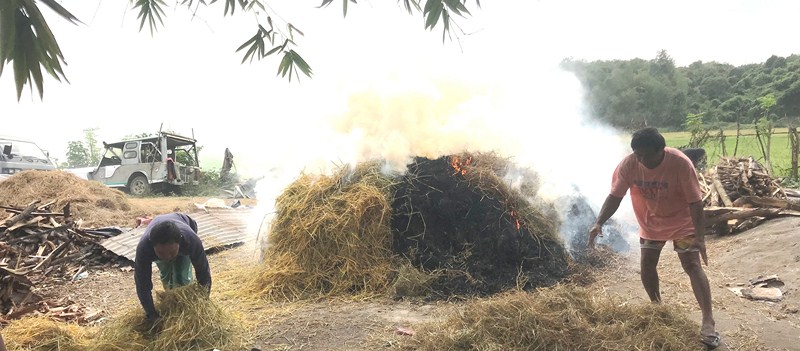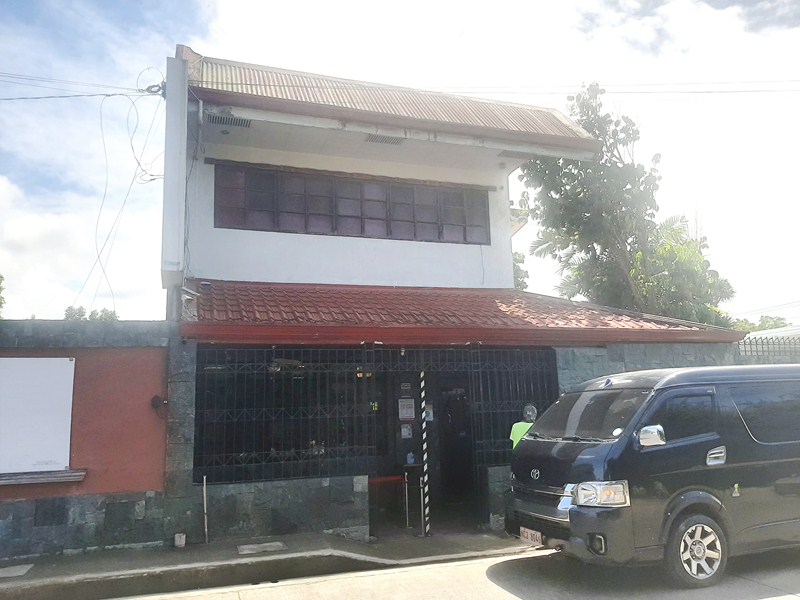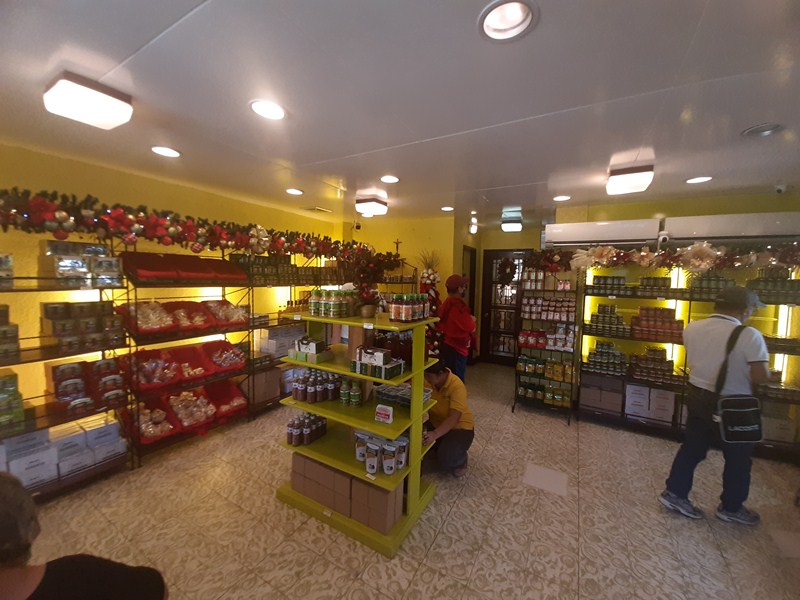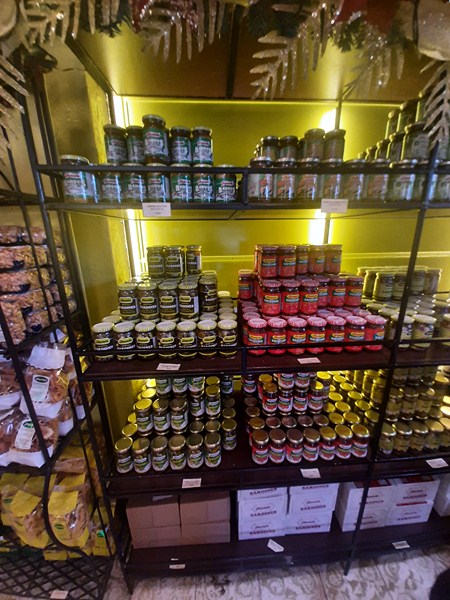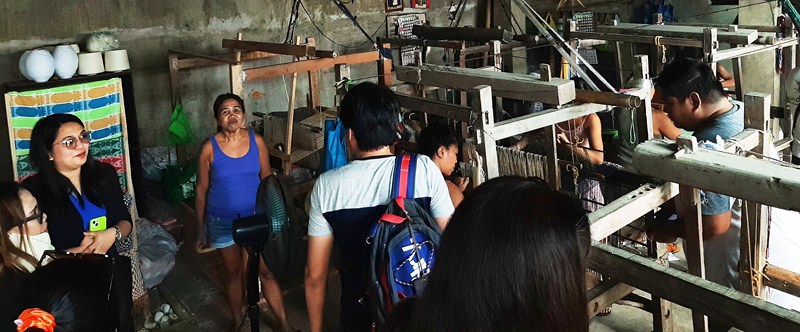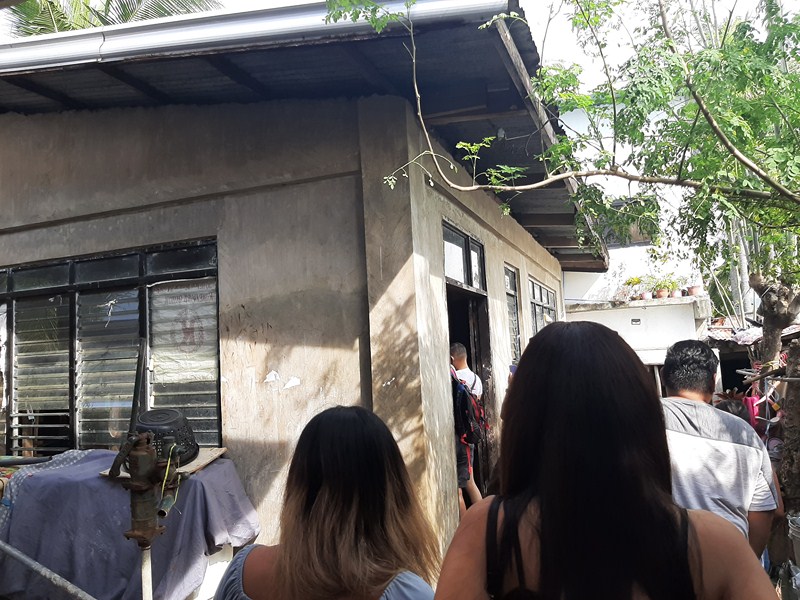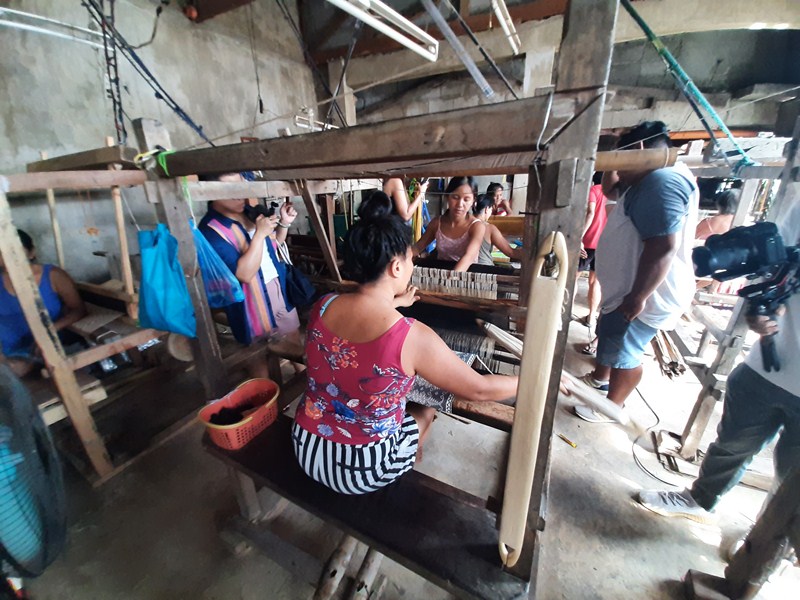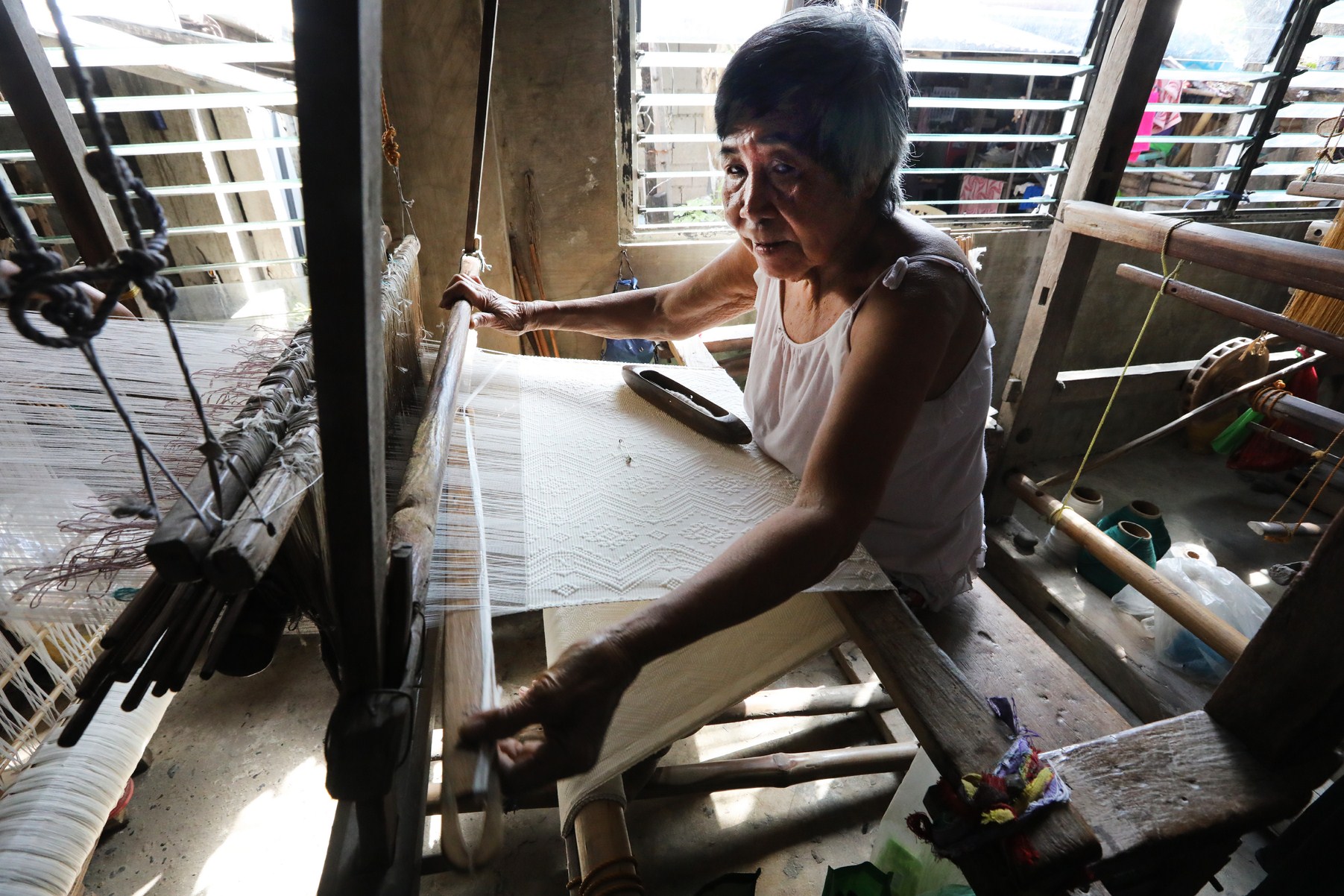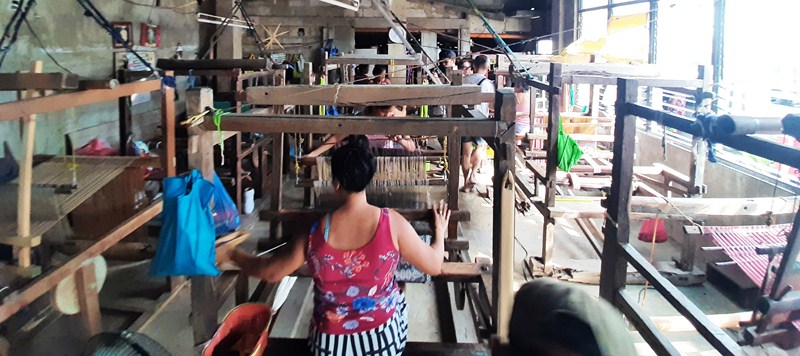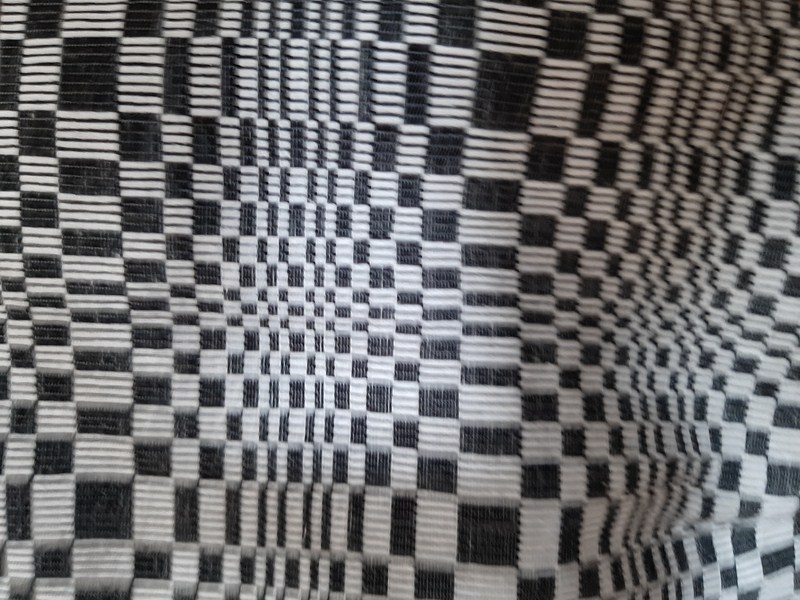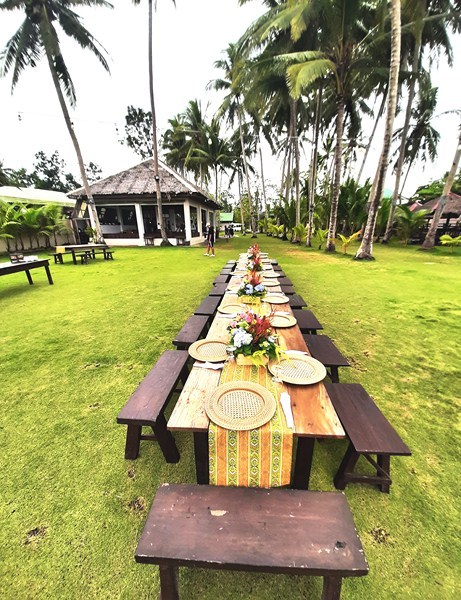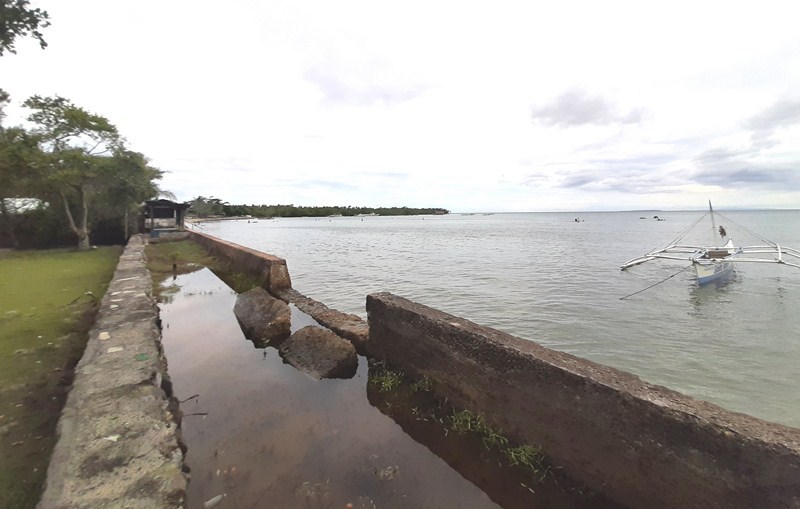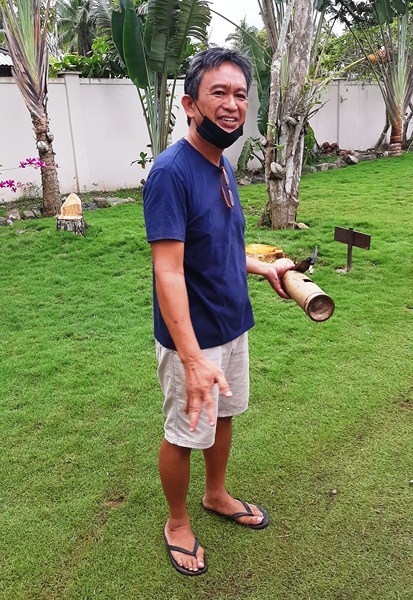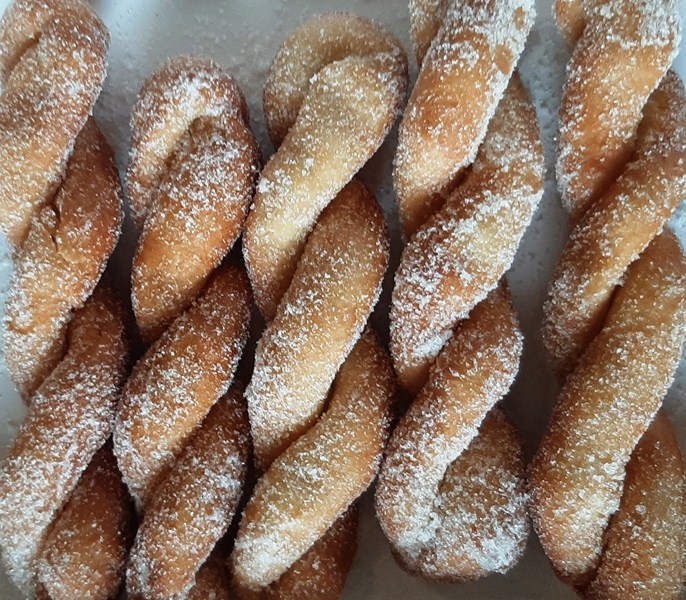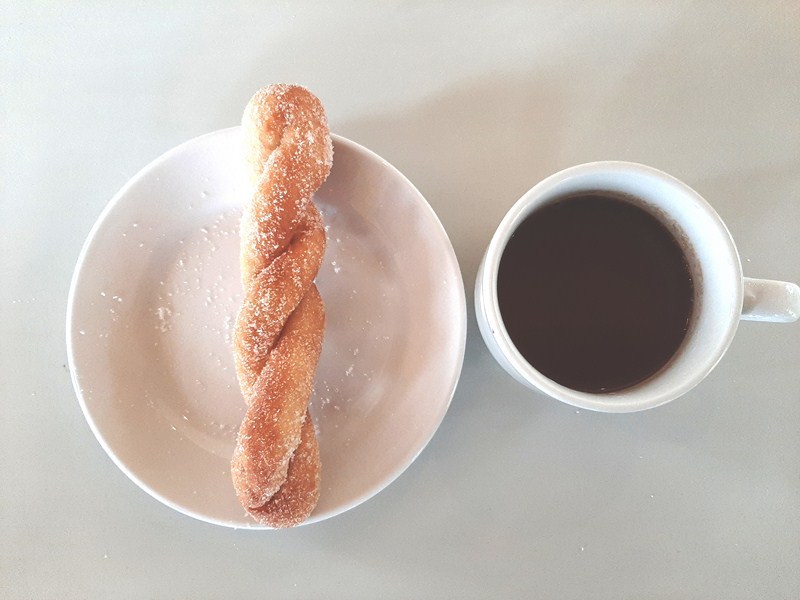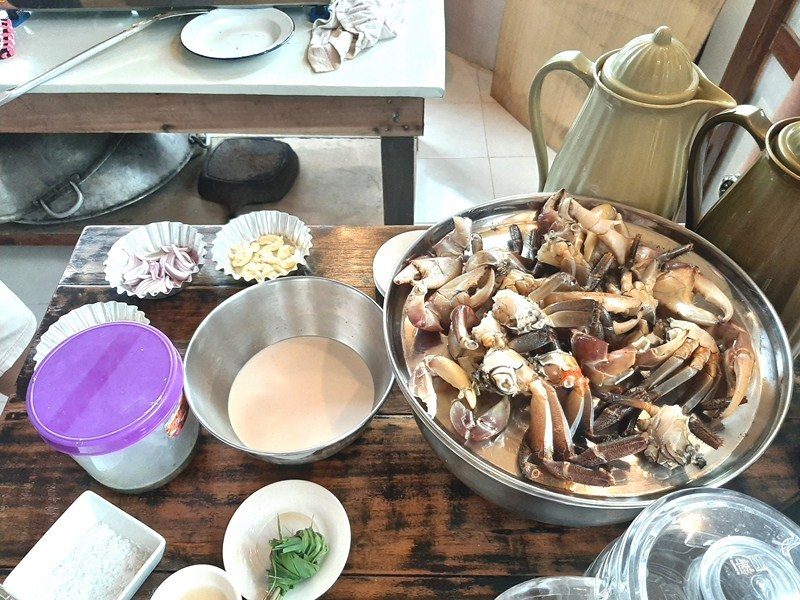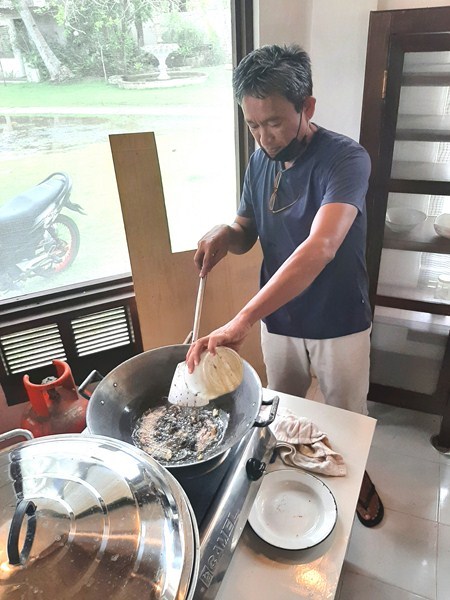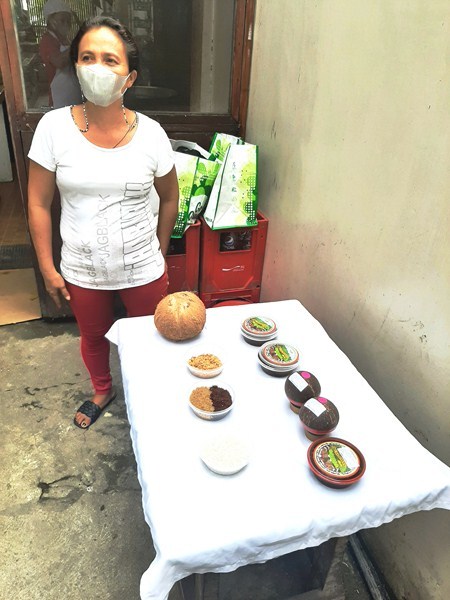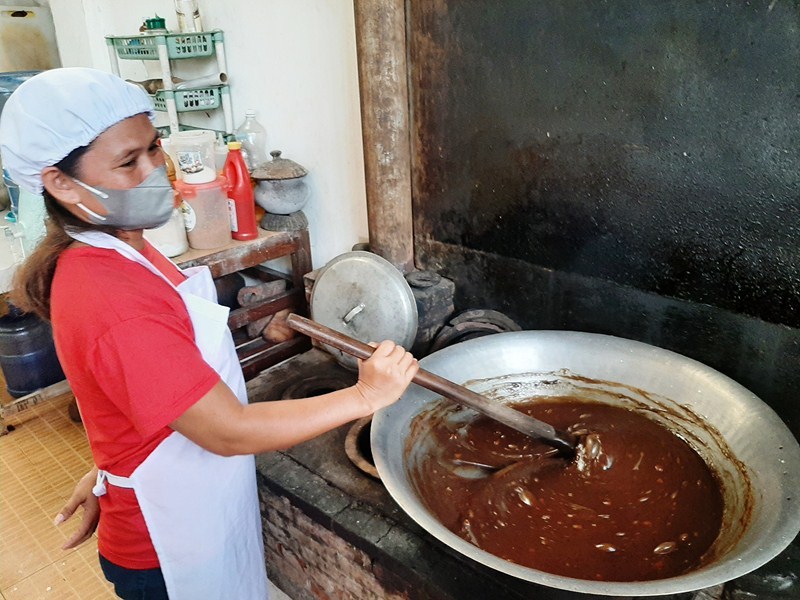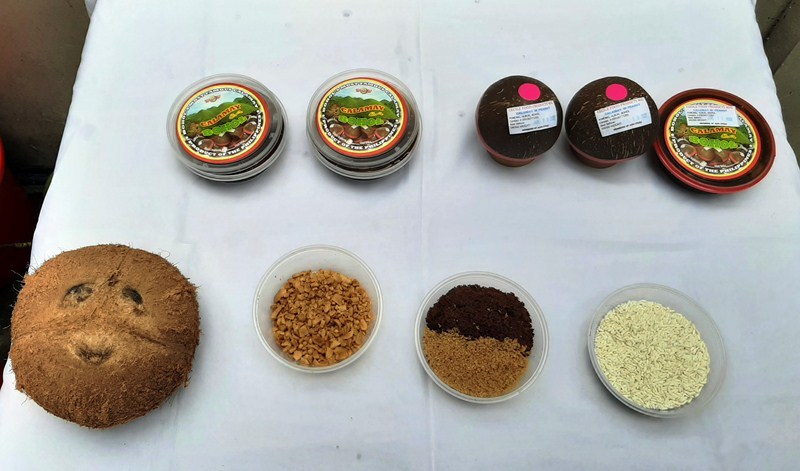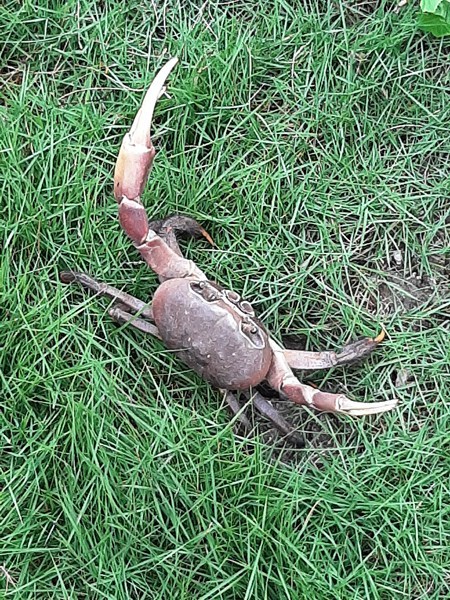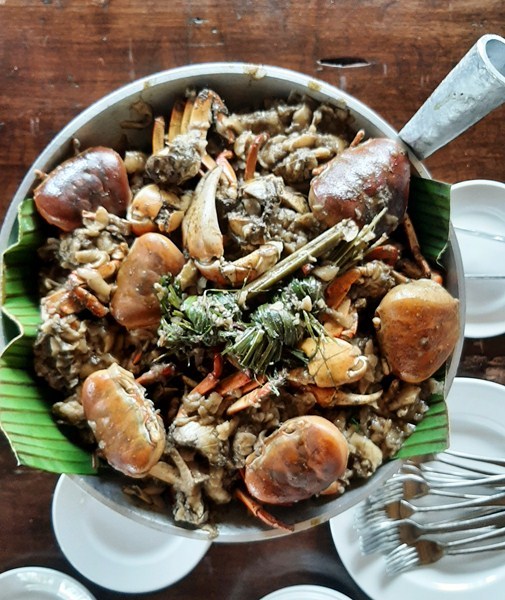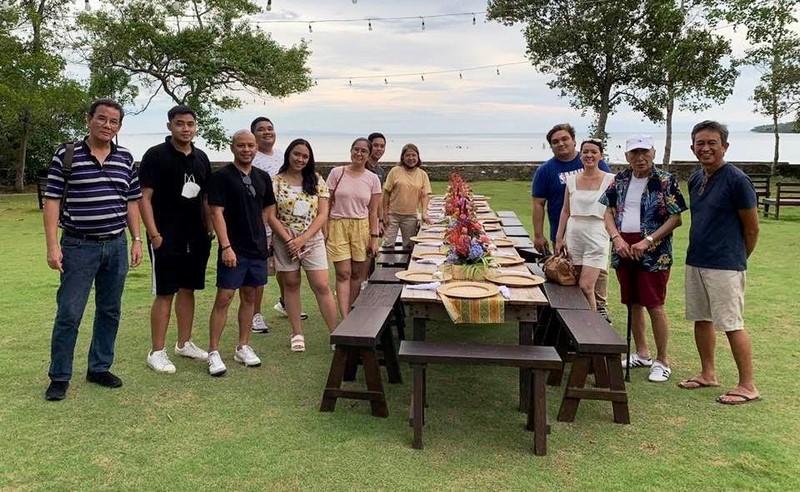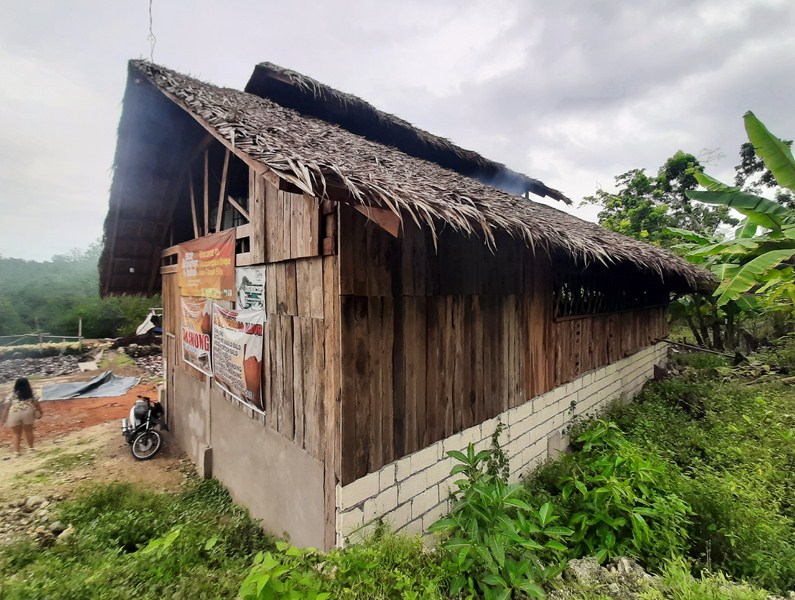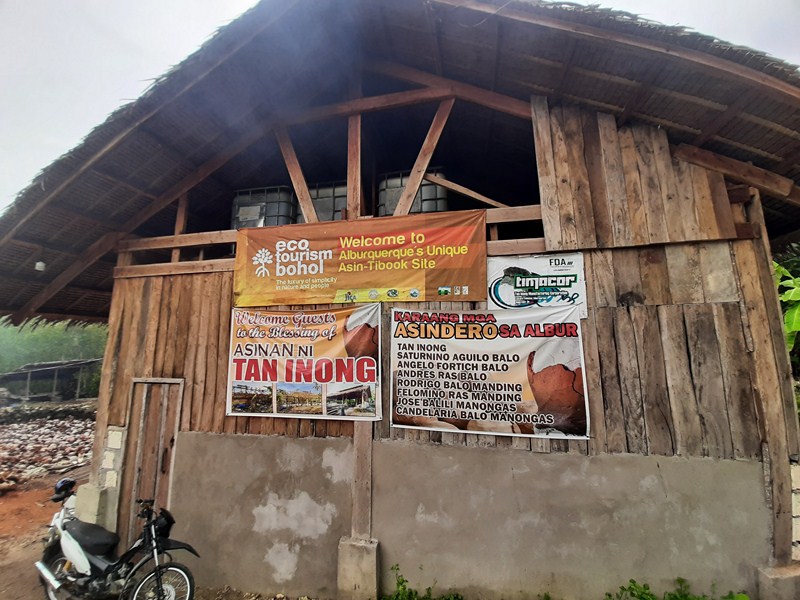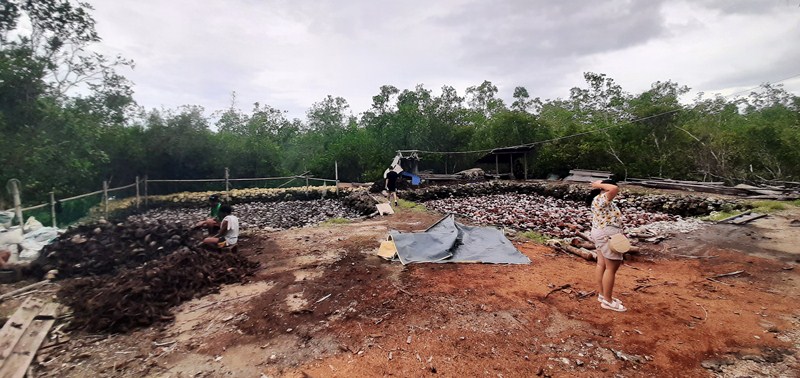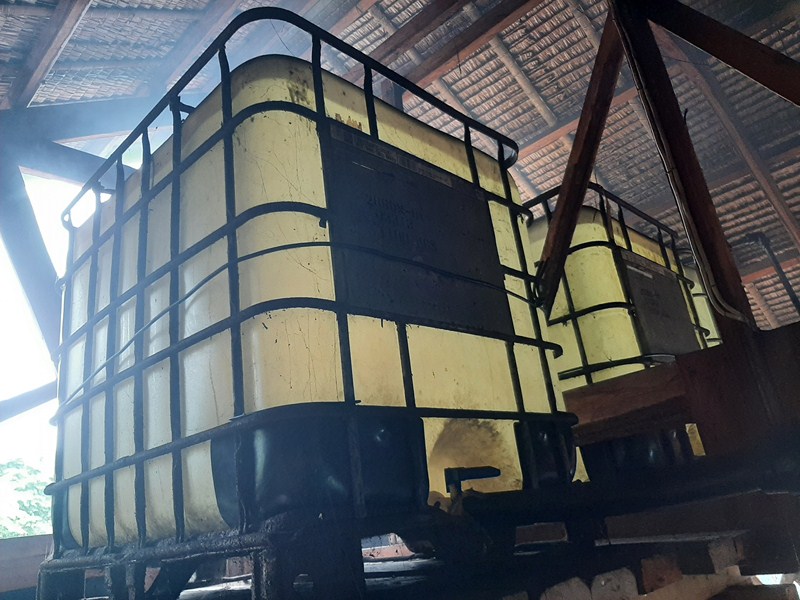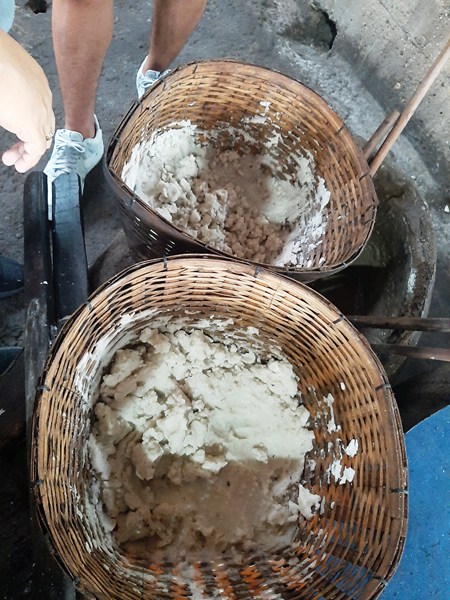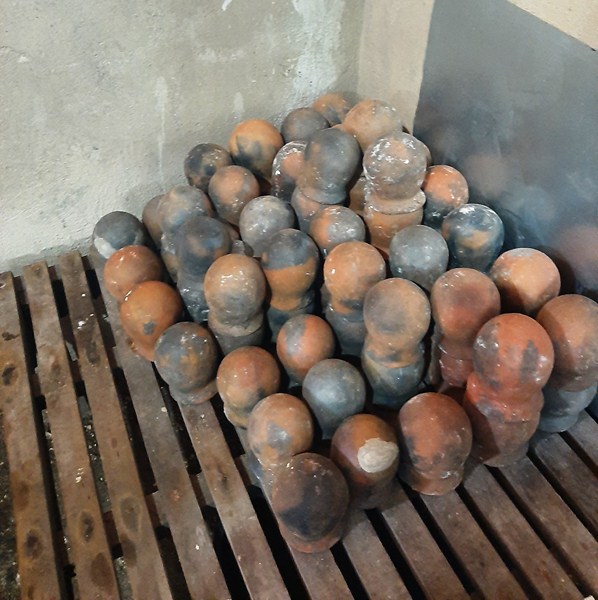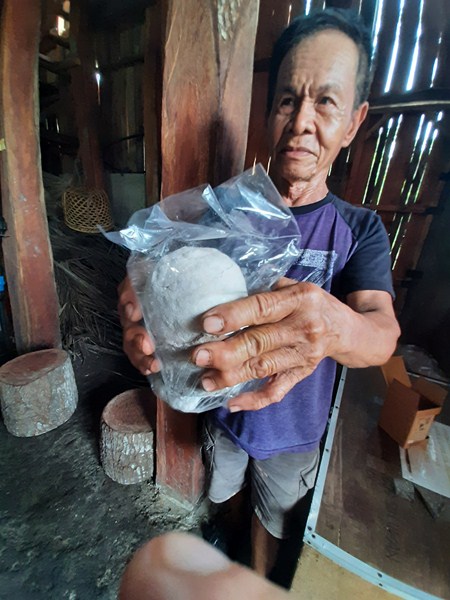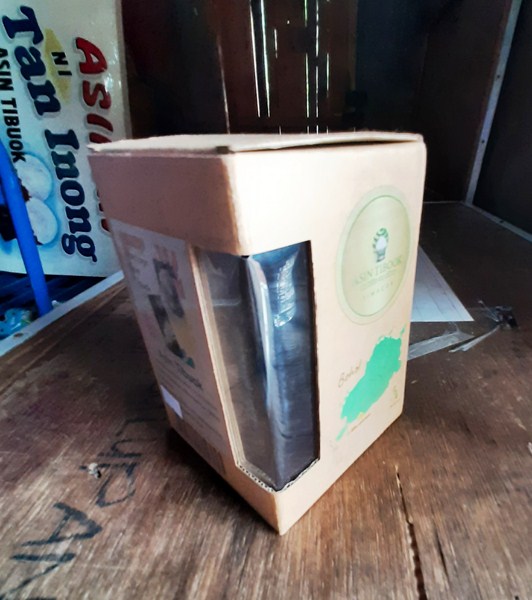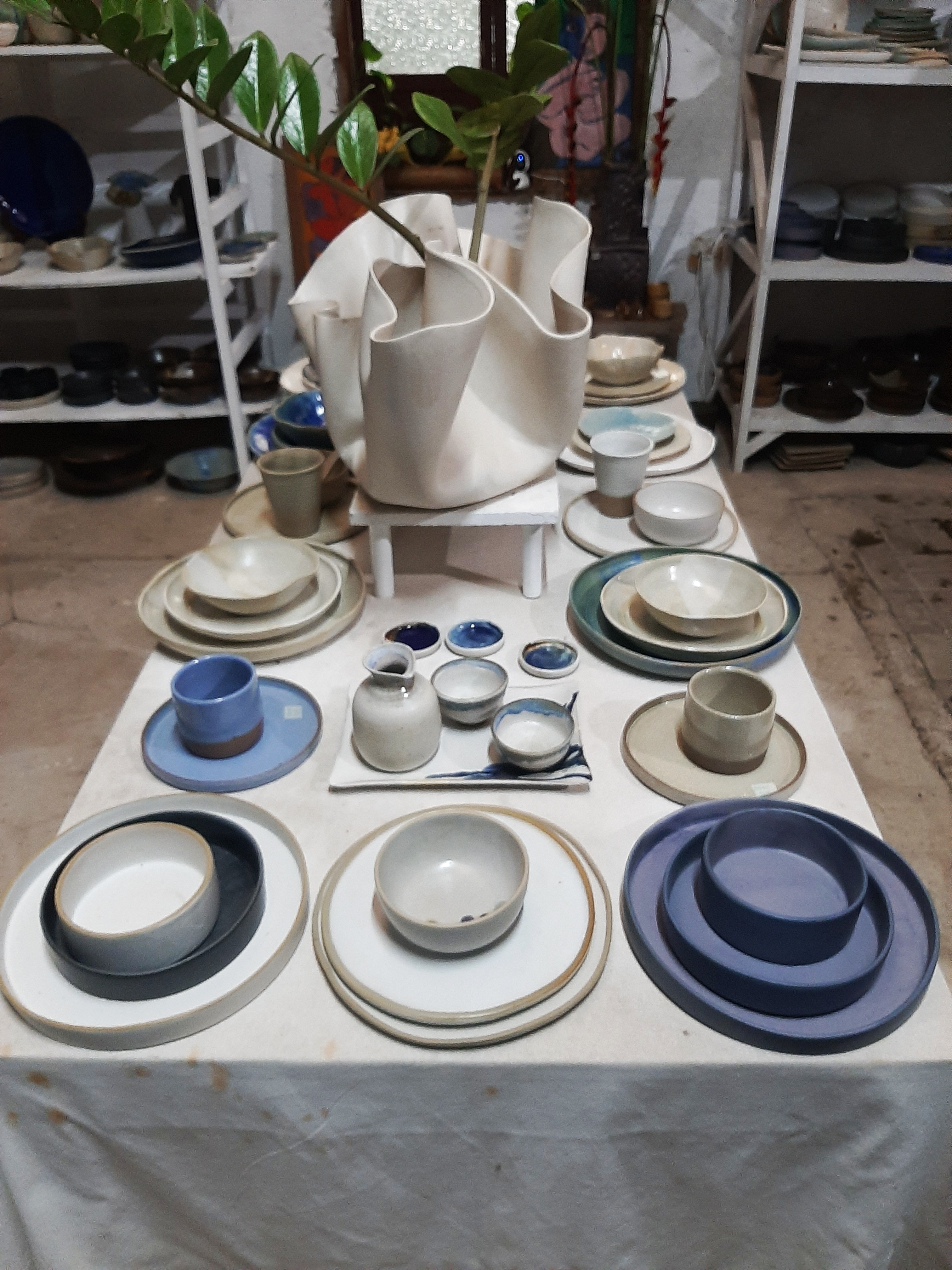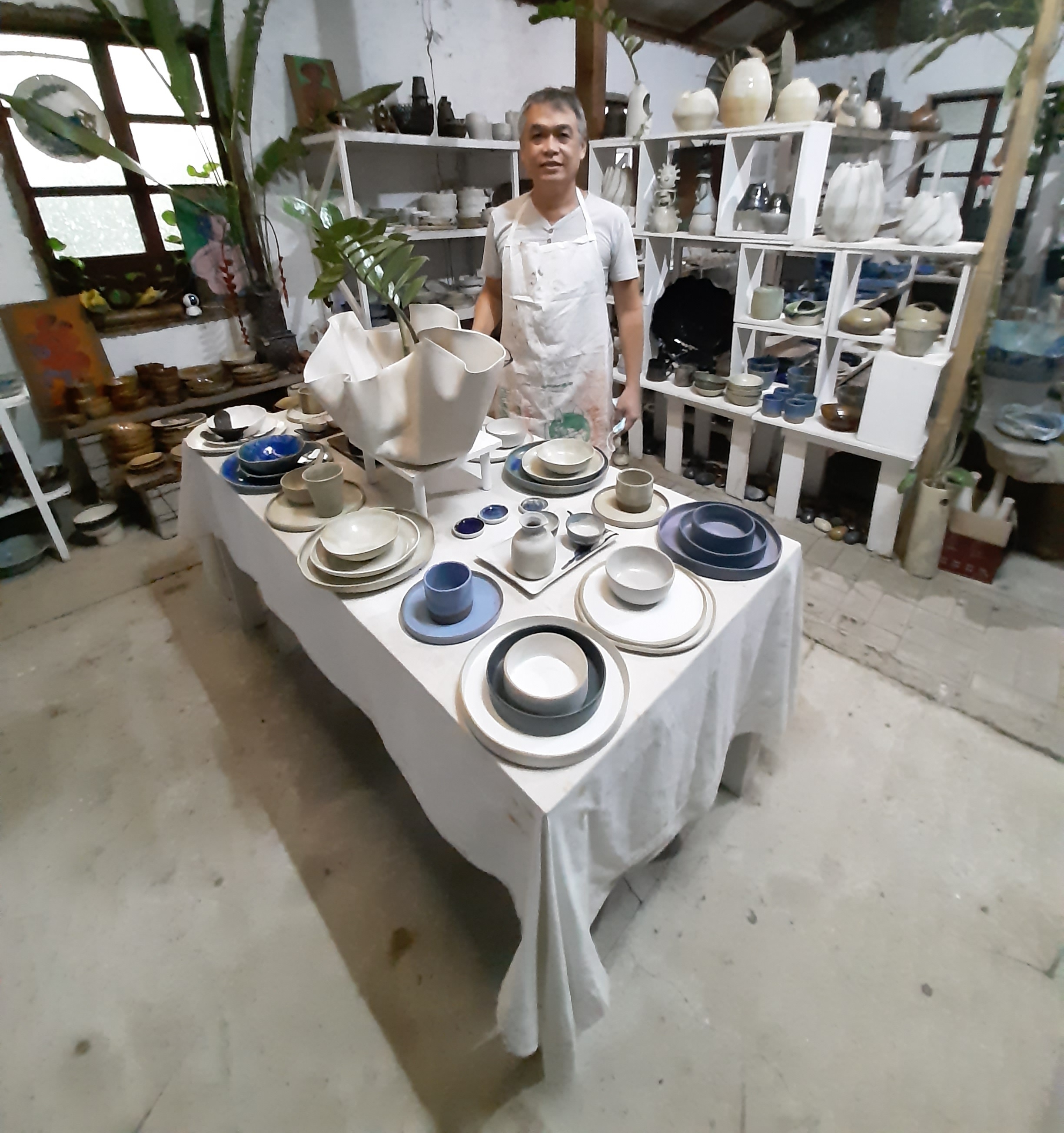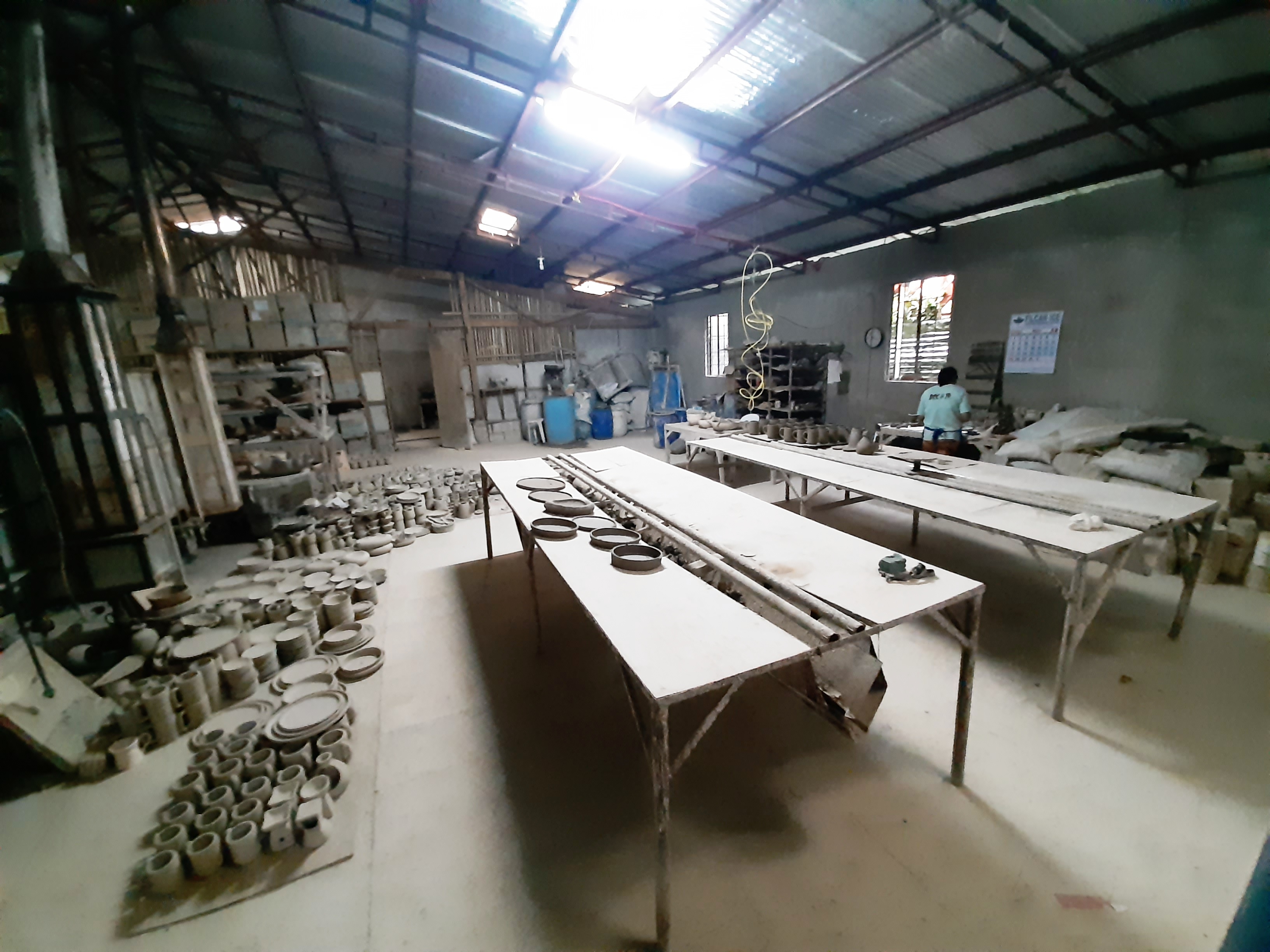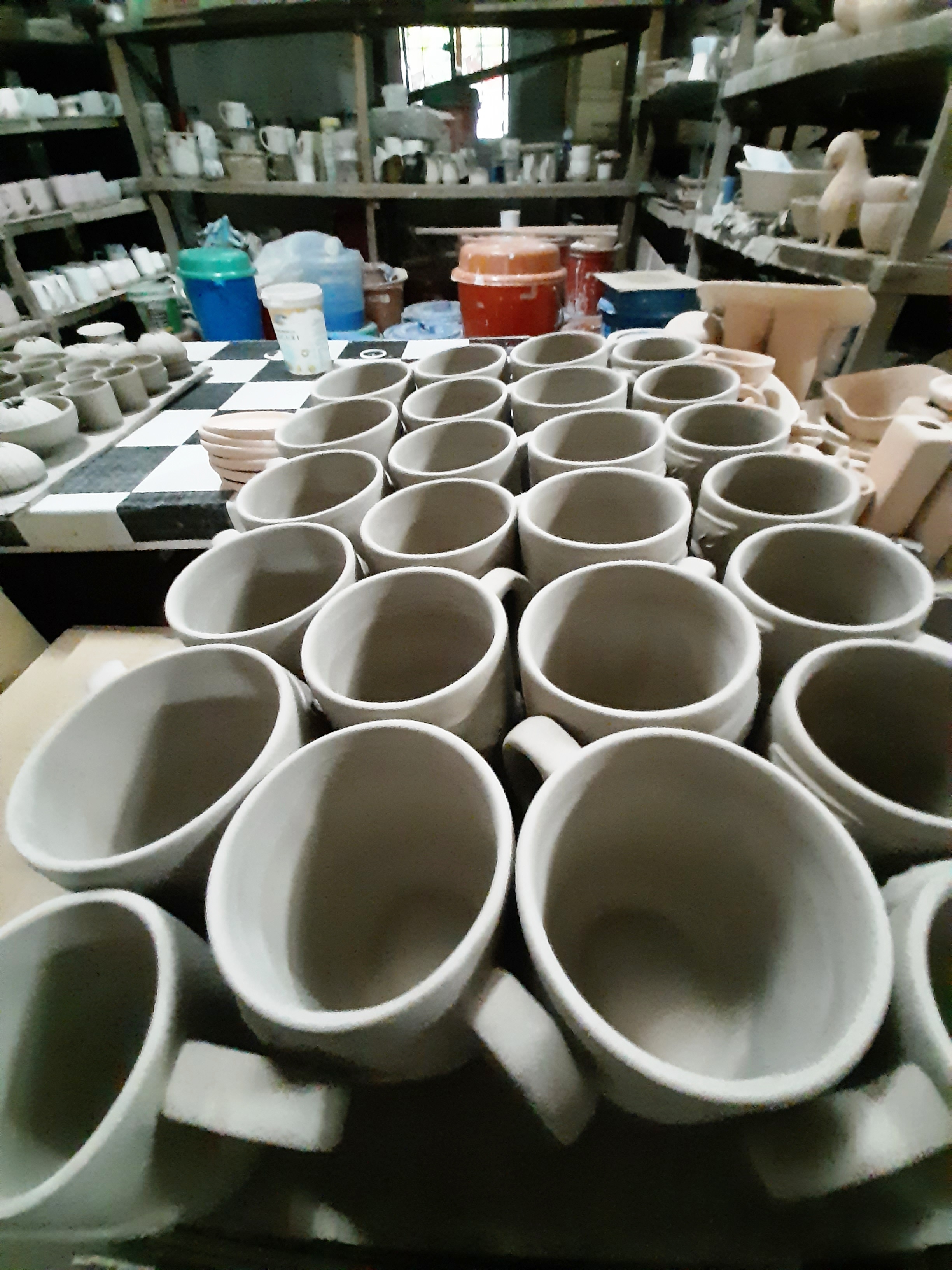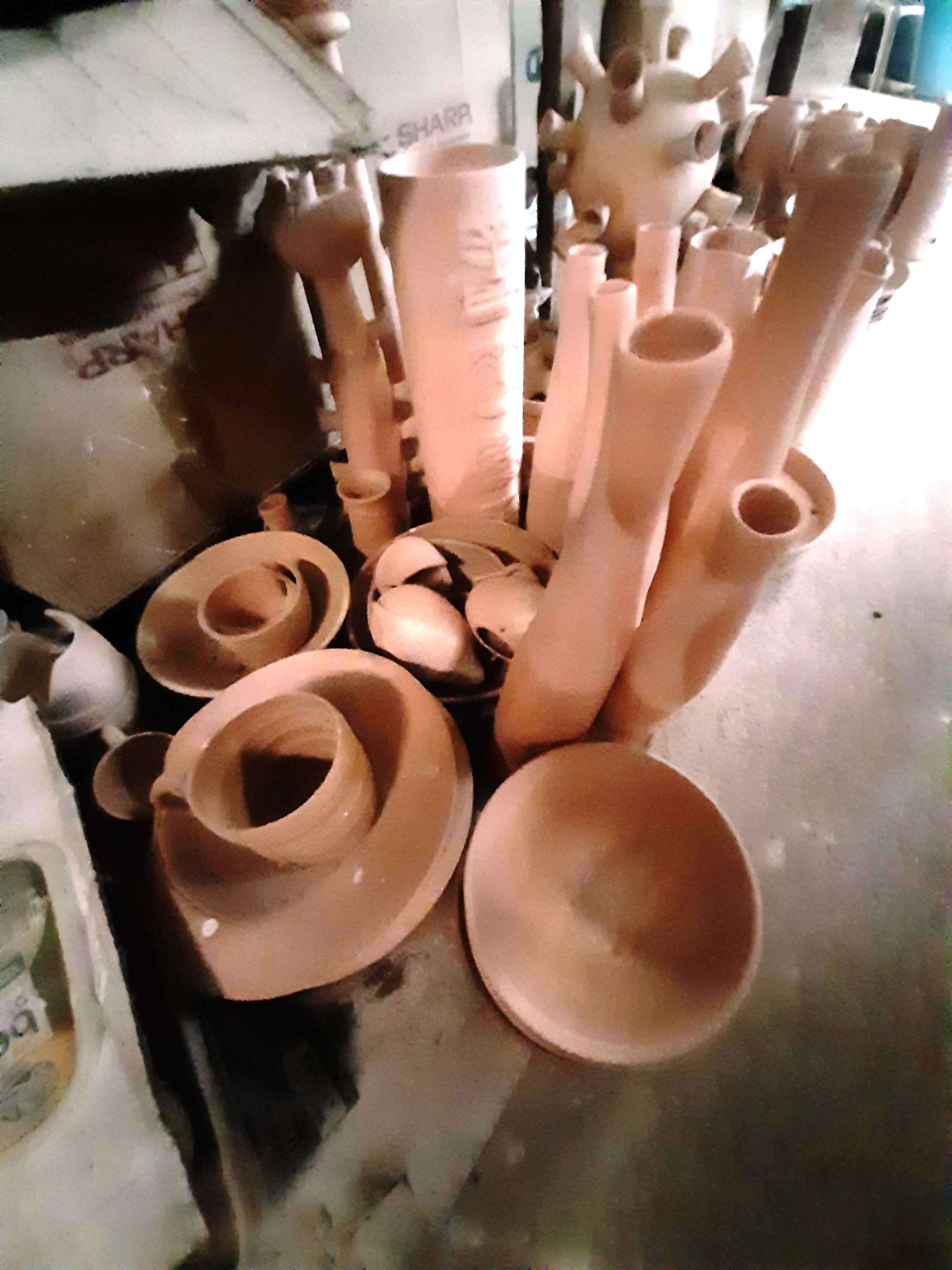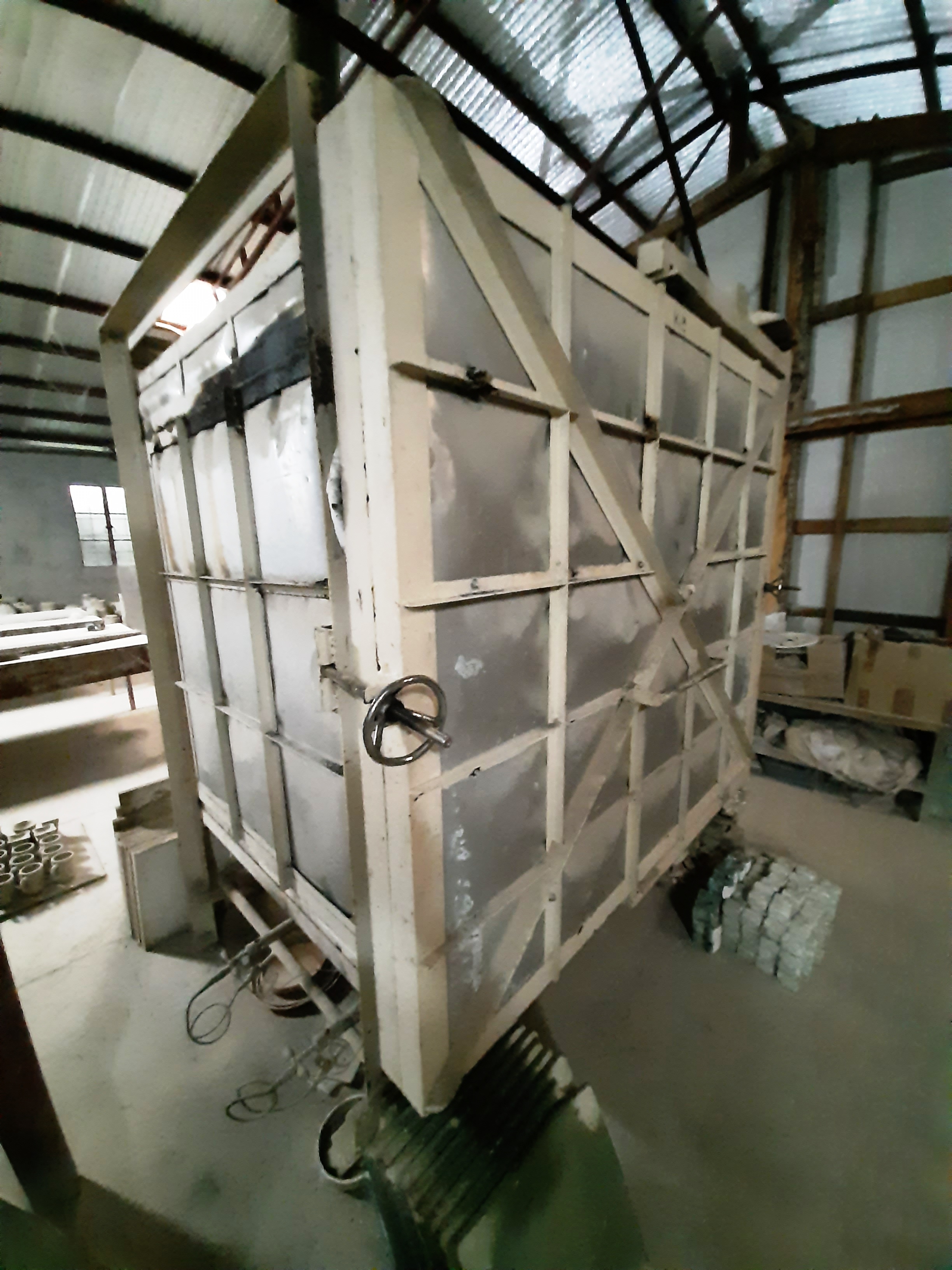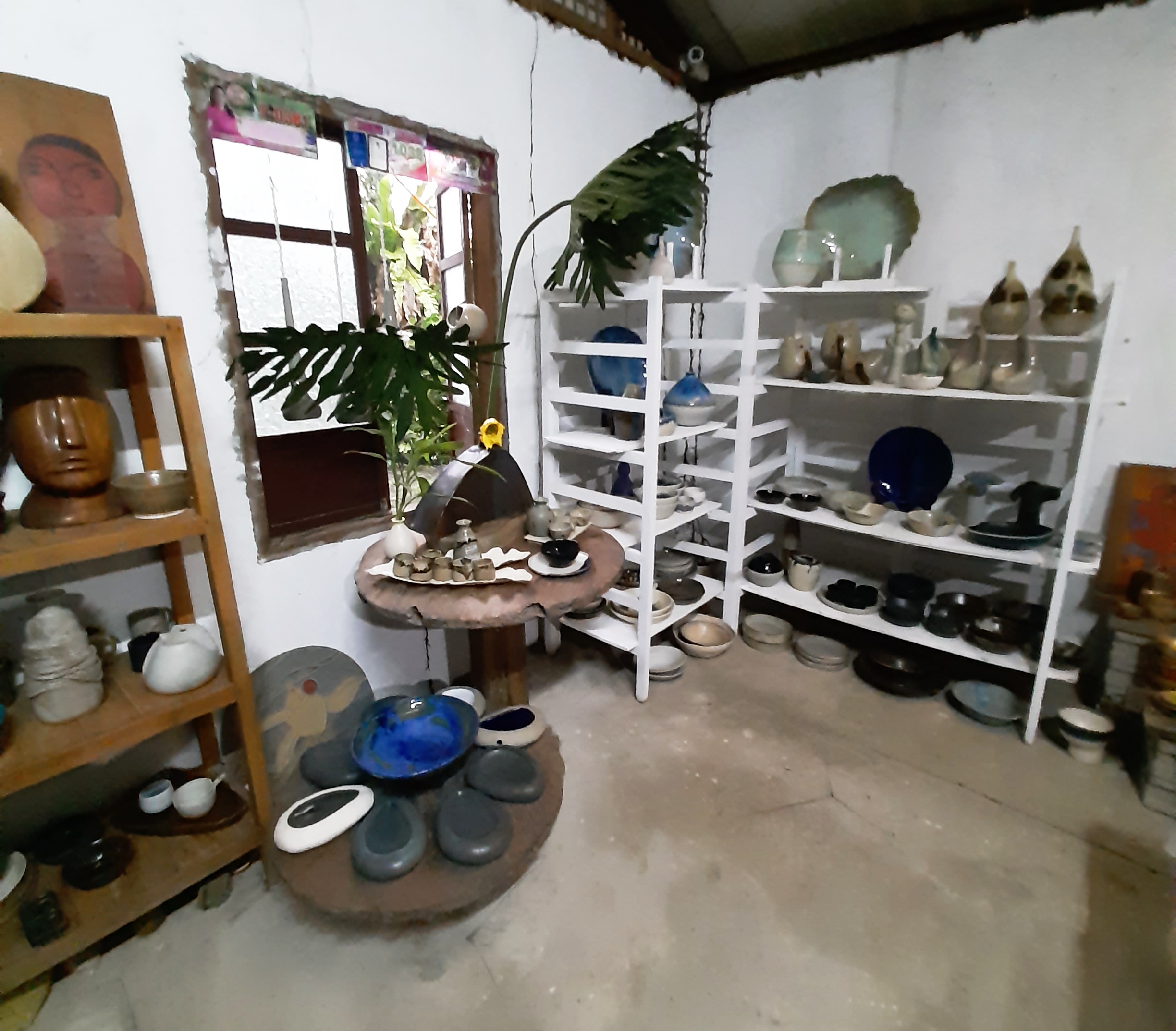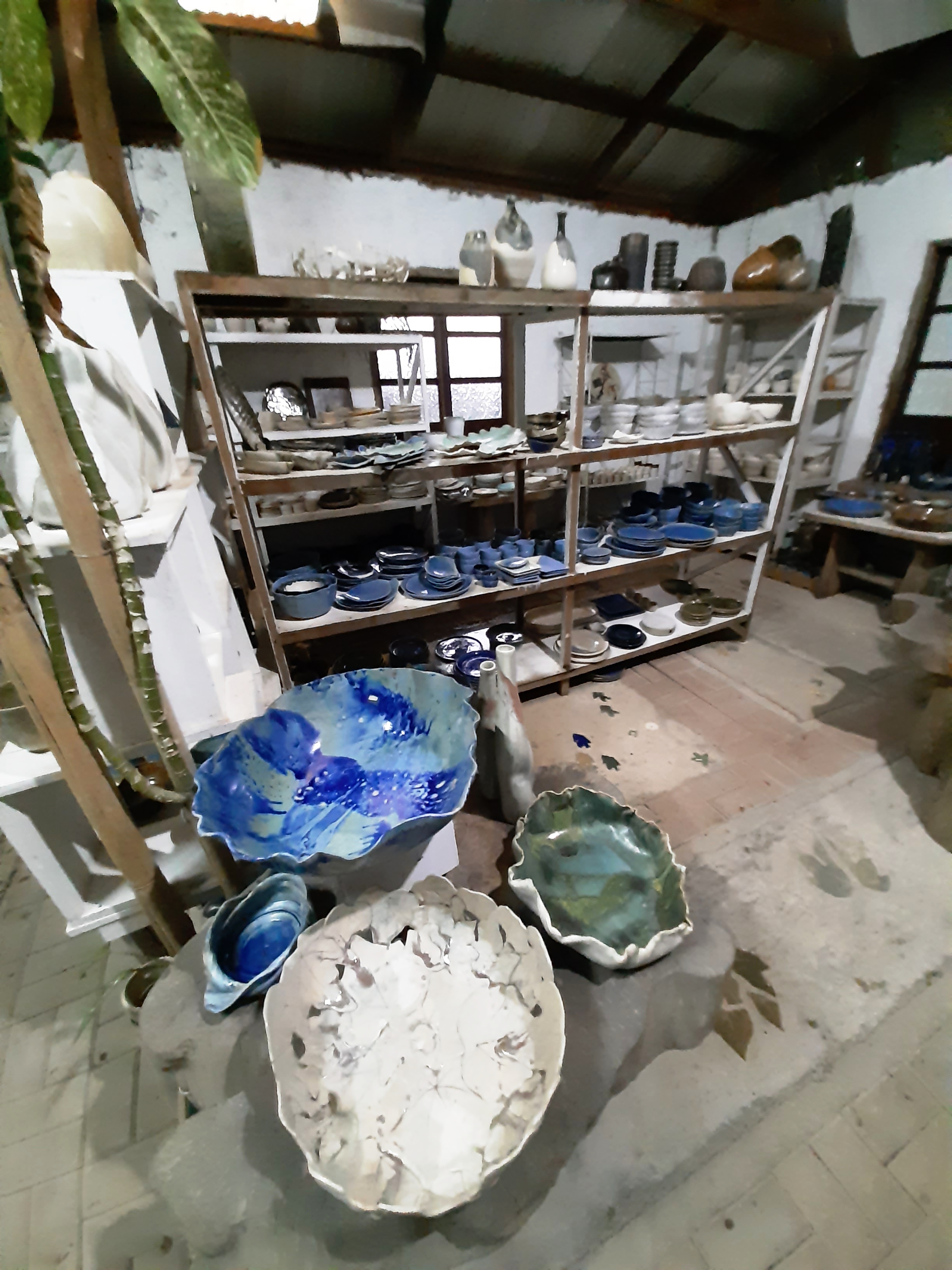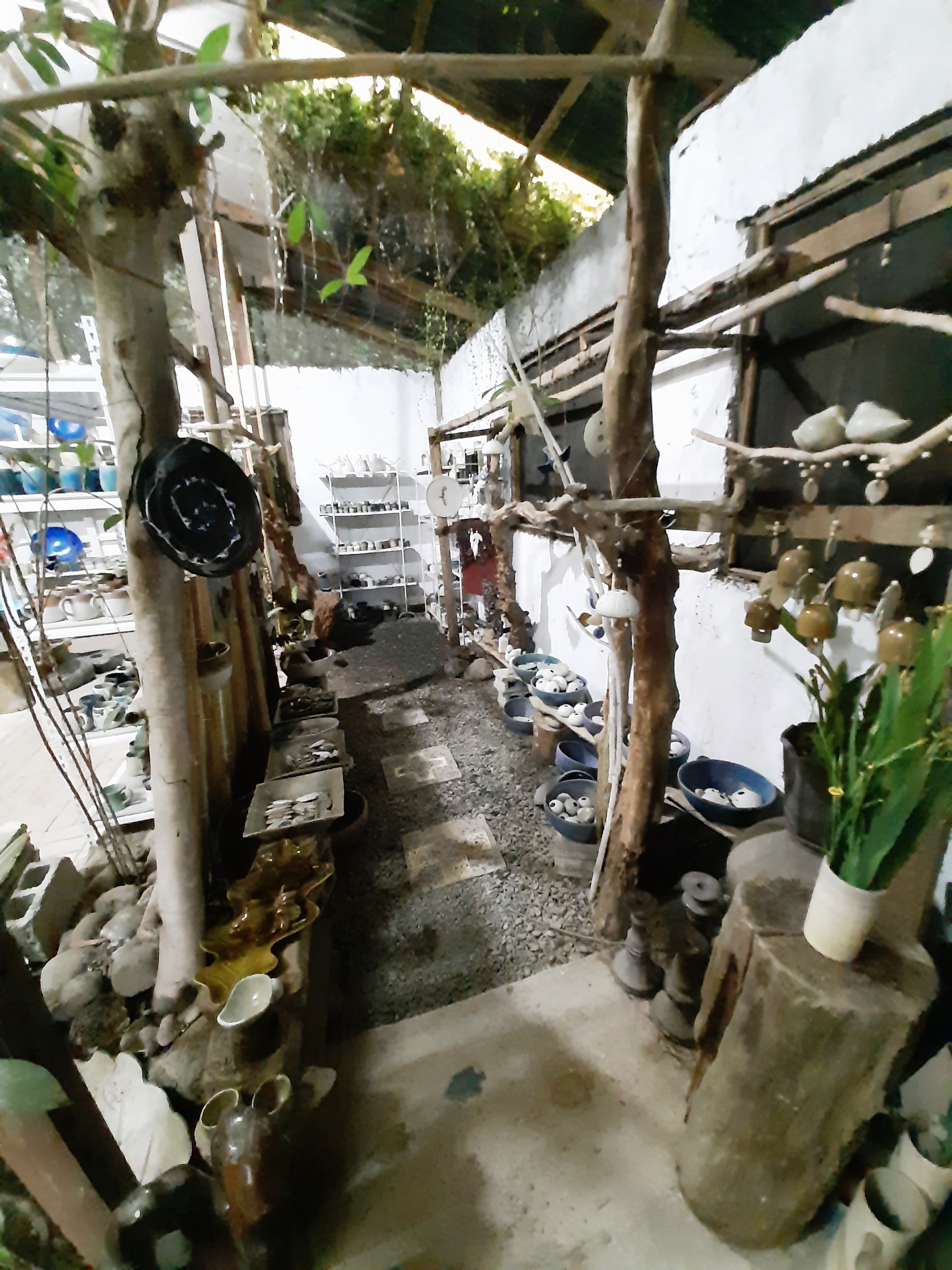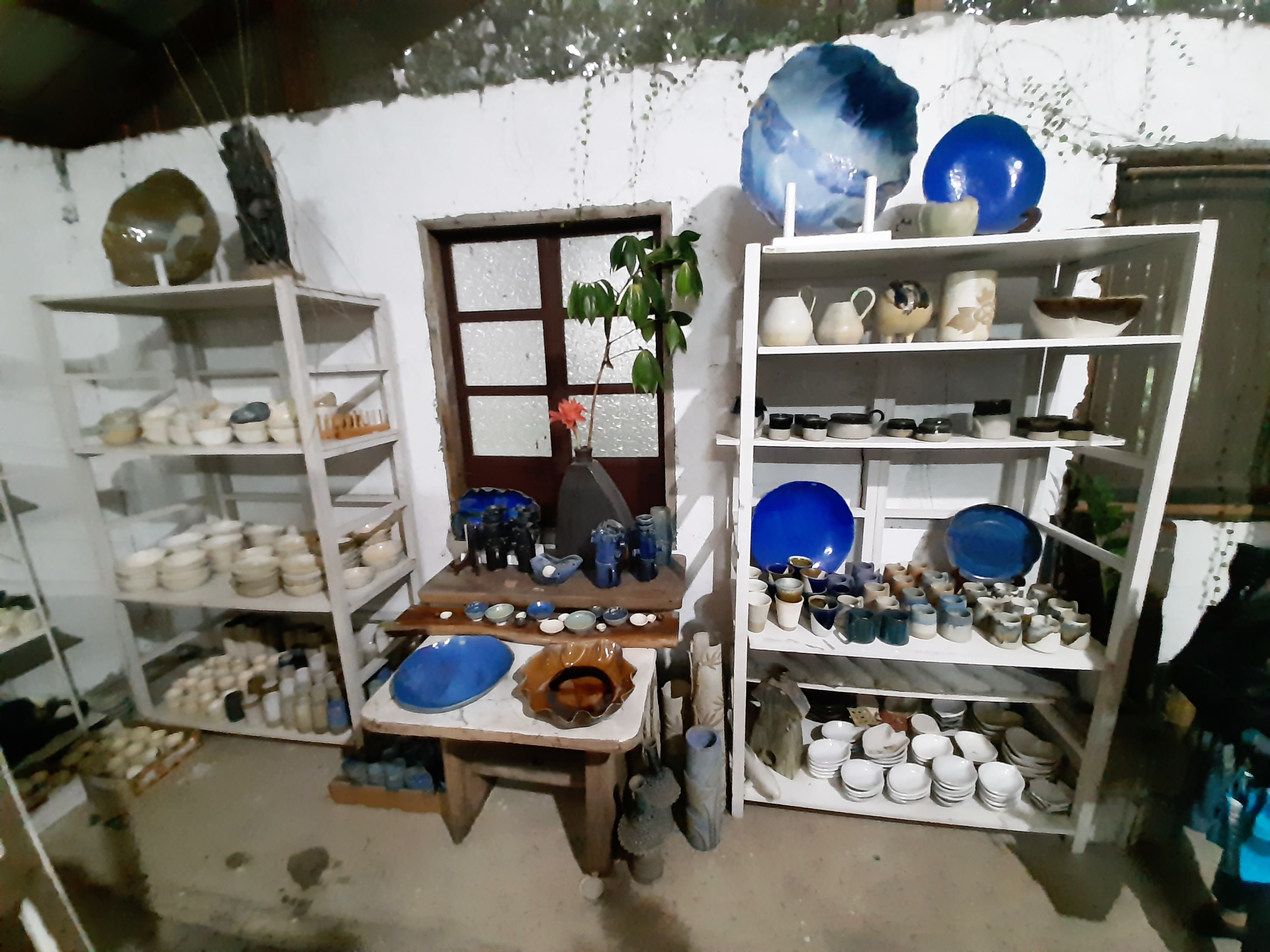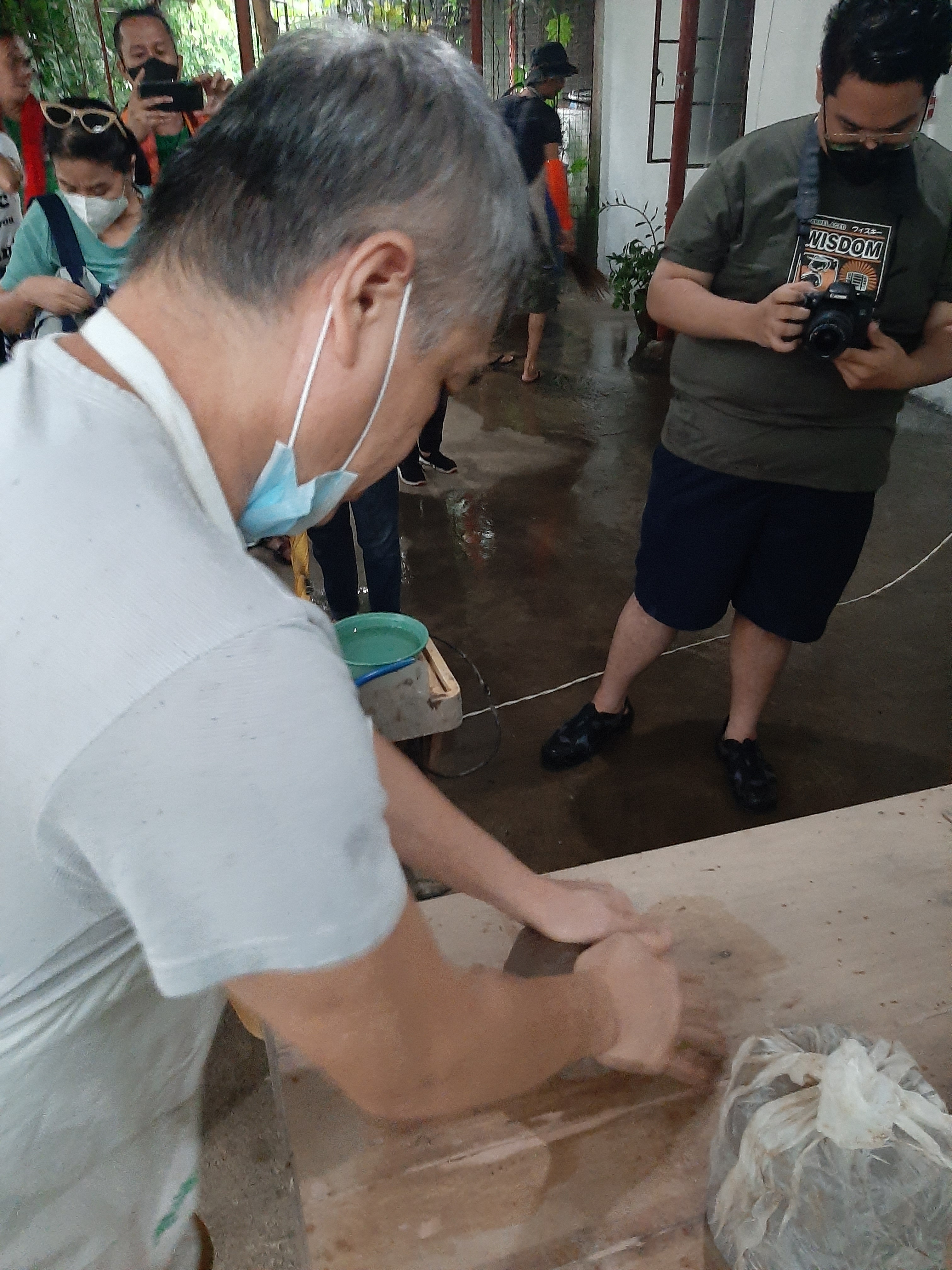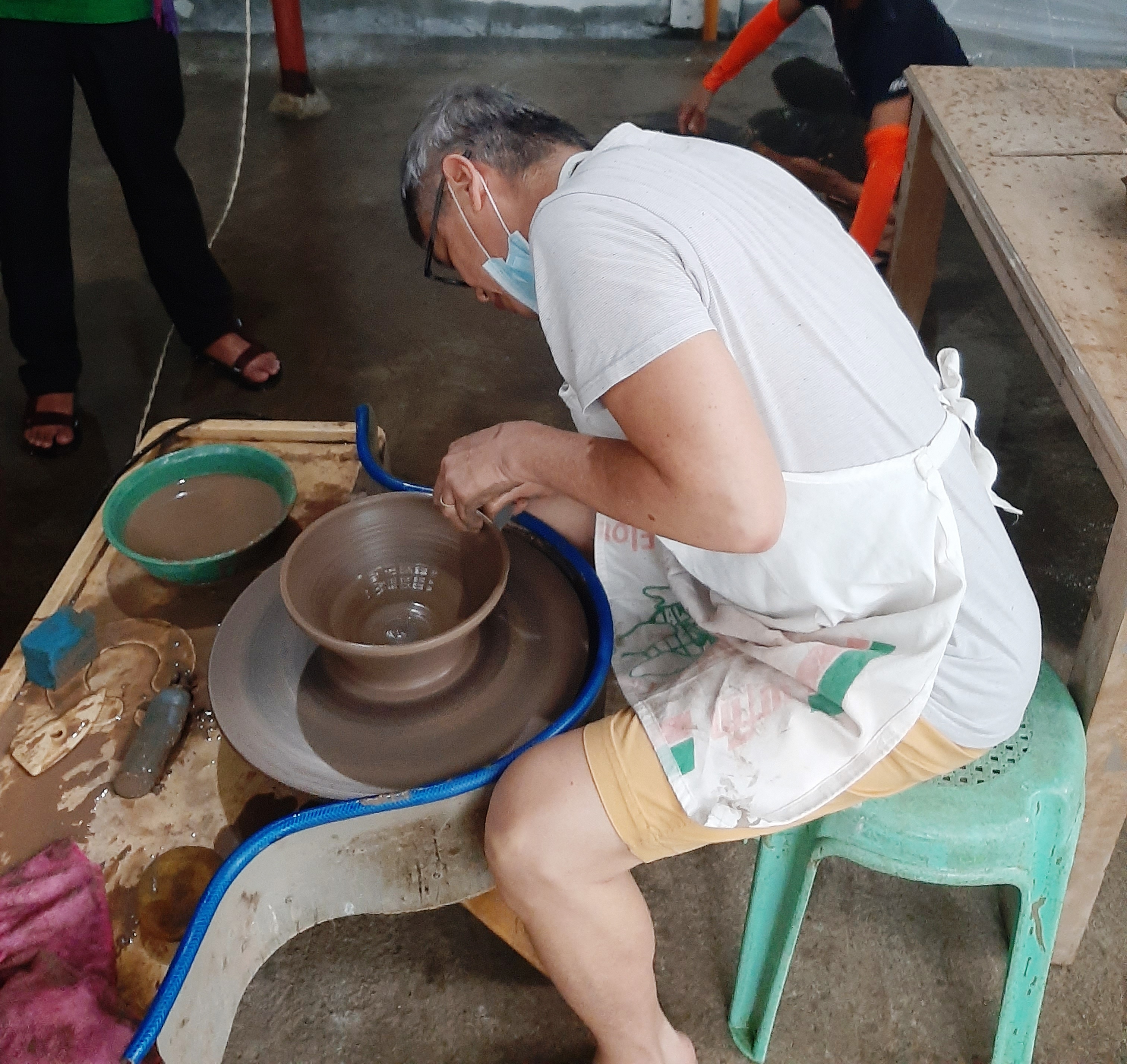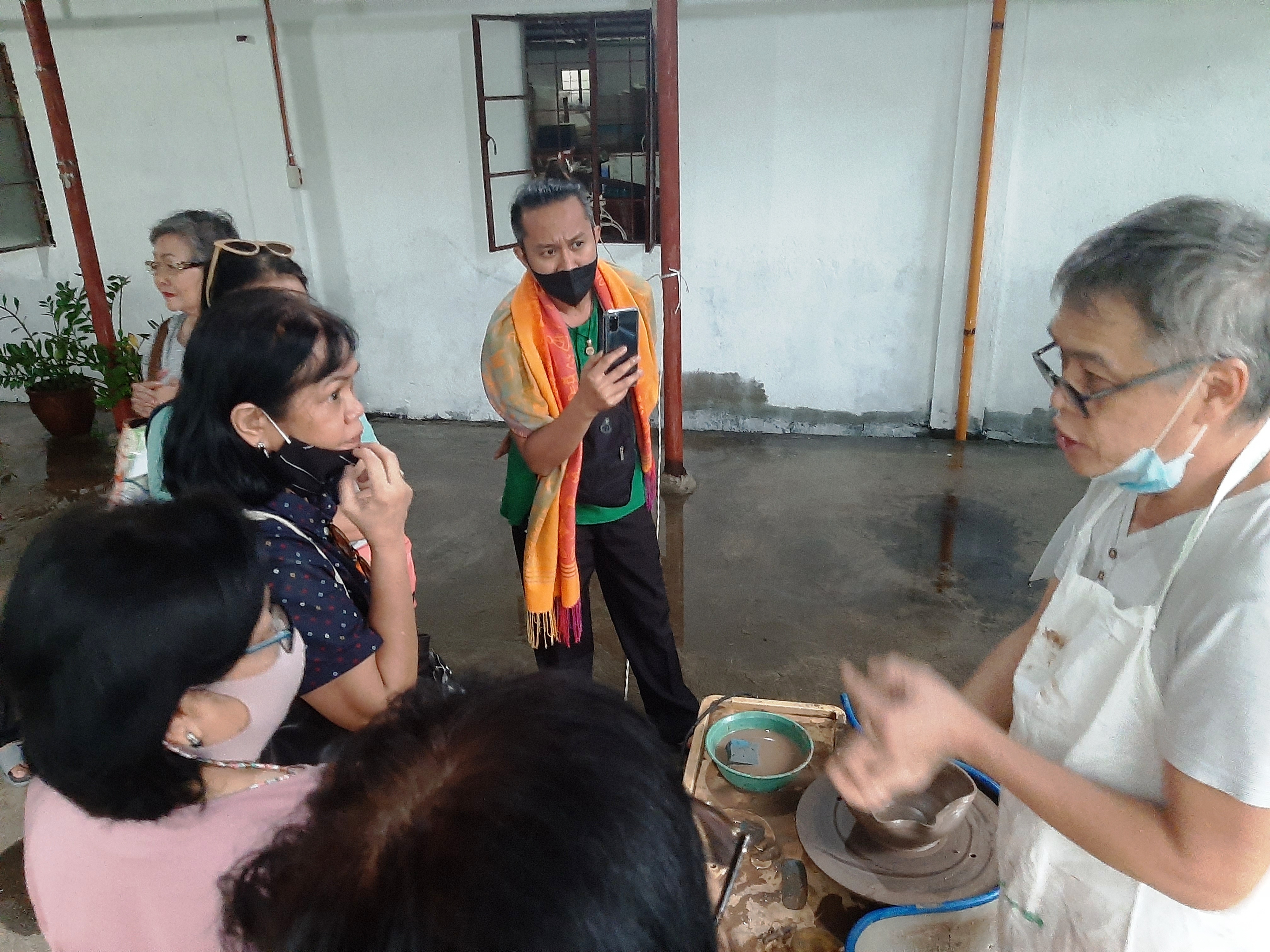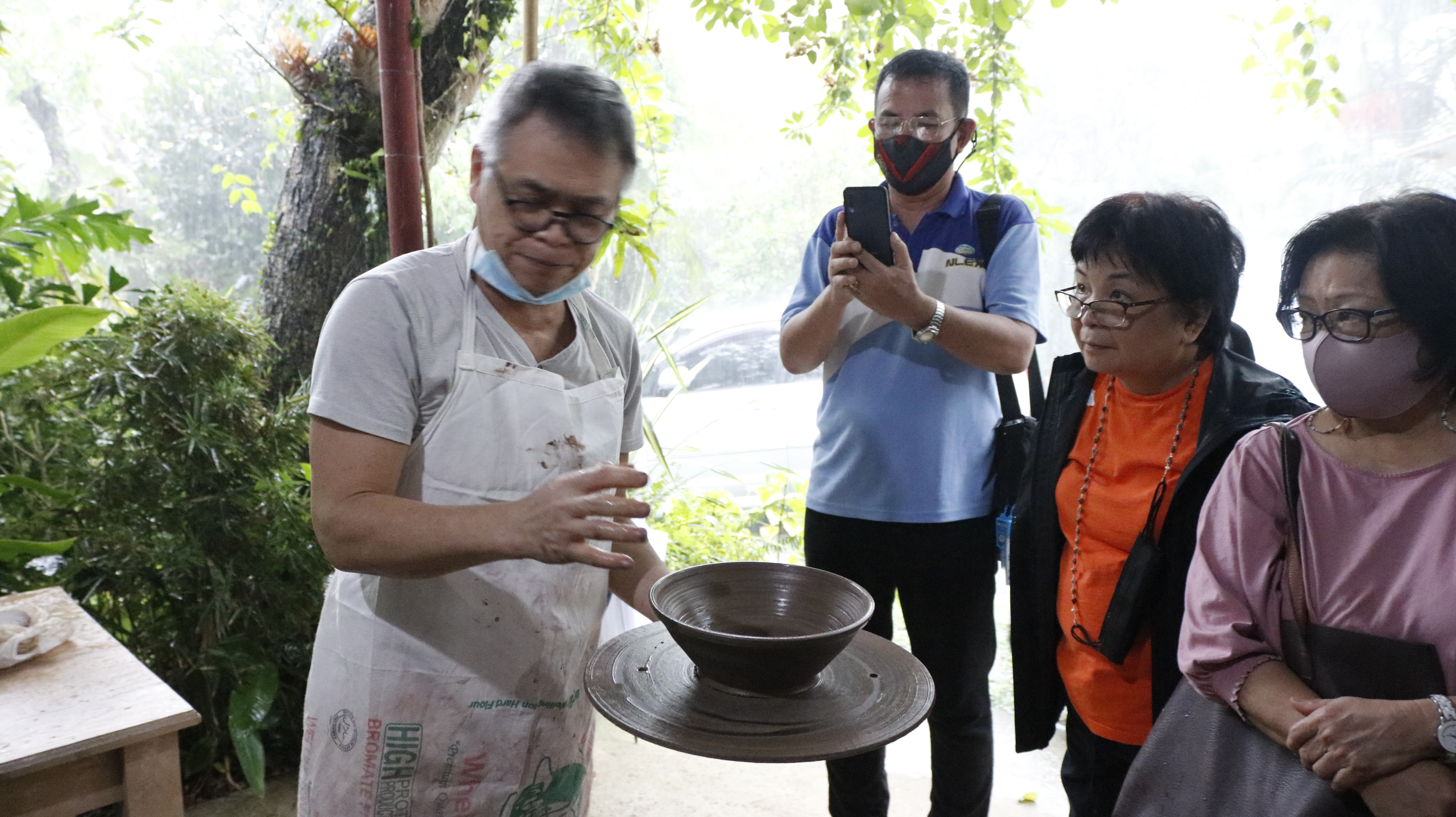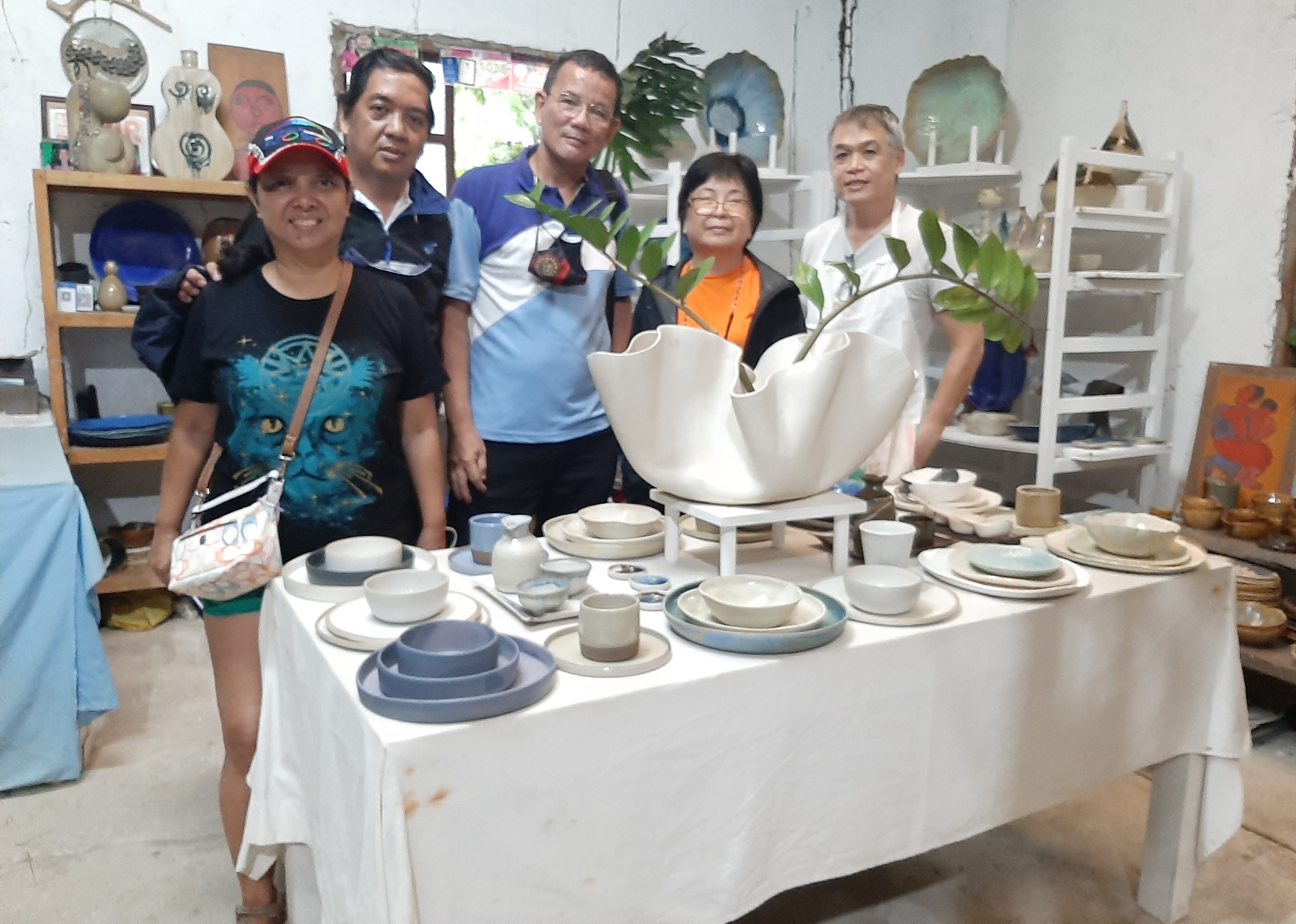On our third day in Isabela, we took a break from the Bamabanti Festival activities, travelling 30.2 kms (a 1-hour drive), to visit the municipality of Benito Soliven, a leader in the use of banana fiber for sustainable textile innovation. Here, the Philippine Textile Research Institute (PTRI) made waves in sustainable textile innovation with a groundbreaking initiative called FRONTIER or Fostering the Revitalization of Nascent Textile Fiber Innovation Hub (NTFIH).
This General Appropriations Act (GAA)-funded project established, while working with the local government, a Natural Textile Fiber Innovation Hub (NTFIH) in the municipality, with banana fiber at the forefront of its efforts. Around 1,209 hectares in the town are planted with lakatan (Musa acuminata), damilig and saging ng unggoy (saba ti sunggu in Ilocano).
For the entire Region II, the municipality has been chosen as the pioneer recipient for banana fiber, marking a historic milestone for the local community and the region’s agricultural and textile industries. The NTFIH aims to utilize the abundant natural resources of the municipality, particularly banana fiber, to drive sustainable economic growth, empower communities, and revolutionize the textile industry.
Arriving at the municipal hall, we were first served a merienda of kakanin and coffee. Afterwards, we walked a short distance to NTFIH hub where we were welcomed by Ms. Rodelyn Grace V. Lungan, municipal administrator of the town. Here, we were shown how banana stalks, which are considered as agricultural waste (after the fruits are harvested), are made into banana paper, twine and yarn.
First, the piths of collected banana stems (which contain more than 4% fiber which can be used to manufacture banana paper) are peeled and then fed into a splitting machine and then pressed into fibers. The fibers are then grounded until they appear similar to saw dust.
Then, the fiber is washed to remove natural resins (which would decrease the strength and durability as well as take away from the integrity of the paper) to create agricultural fiber. The process of pulping produces pulp to be used to create post-consumer fiber (processed fiber) which is then combined with the stronger agricultural fiber.
Lastly, the mixed fibers are molded together by a deckle (a tool used for handmade processes of molding fibers) to make banana paper.
The inner bark of the banana plant can also be used to make rope. The extracted fibers, whose high tensile strength makes them ideal for heavy-duty tasks, are processed and spun into threads by a rope making machine.
The center also has a display area for finished products such as lampshades made with twine and banana paper.
Municipal Hall: District 2, Benito Soliven, Isabela. Mobile number: (0935) 108-9999. E-mail: lgubensol@yahoo.com. Website: www.benitosoliven-isabela.gov.ph.

